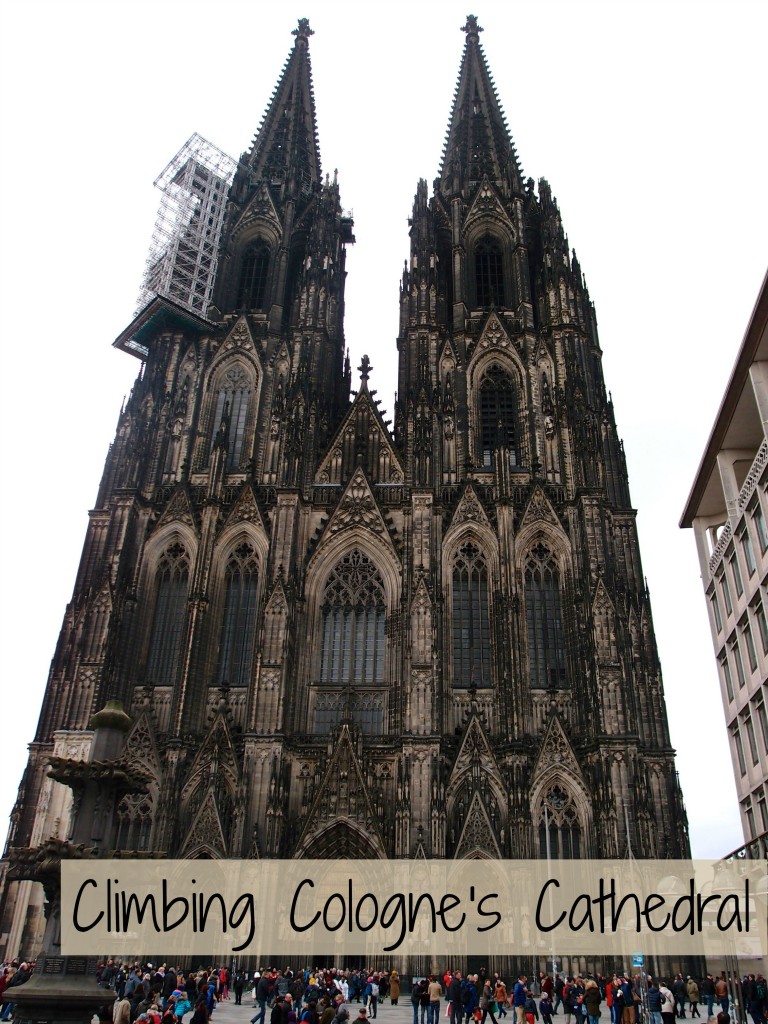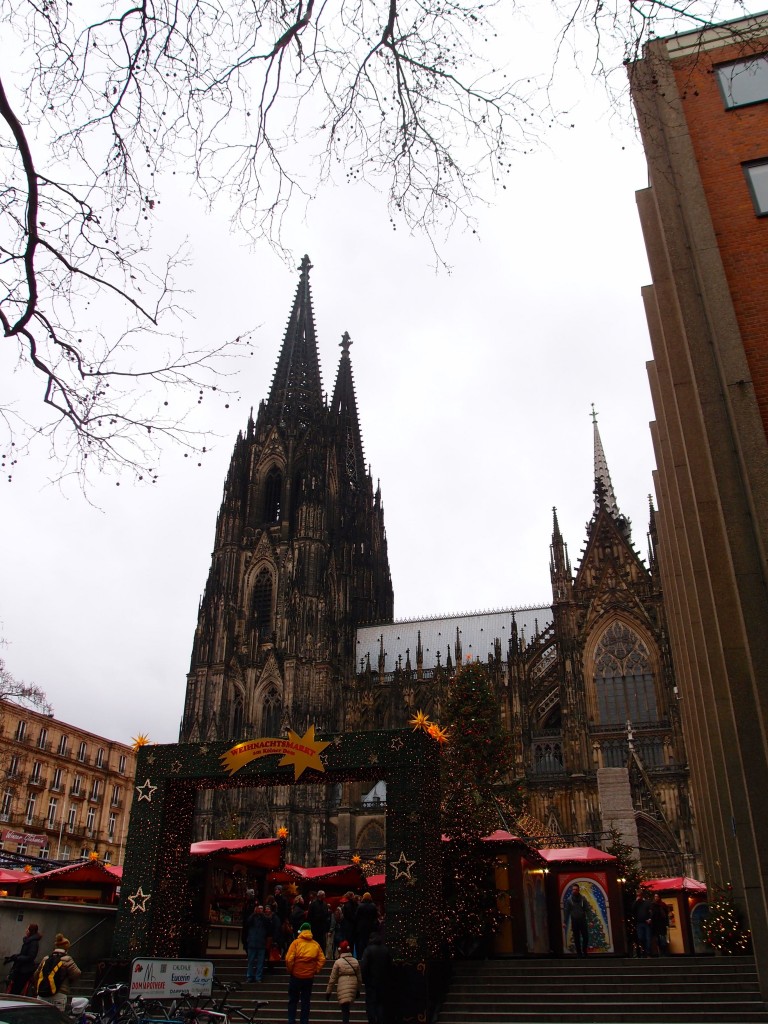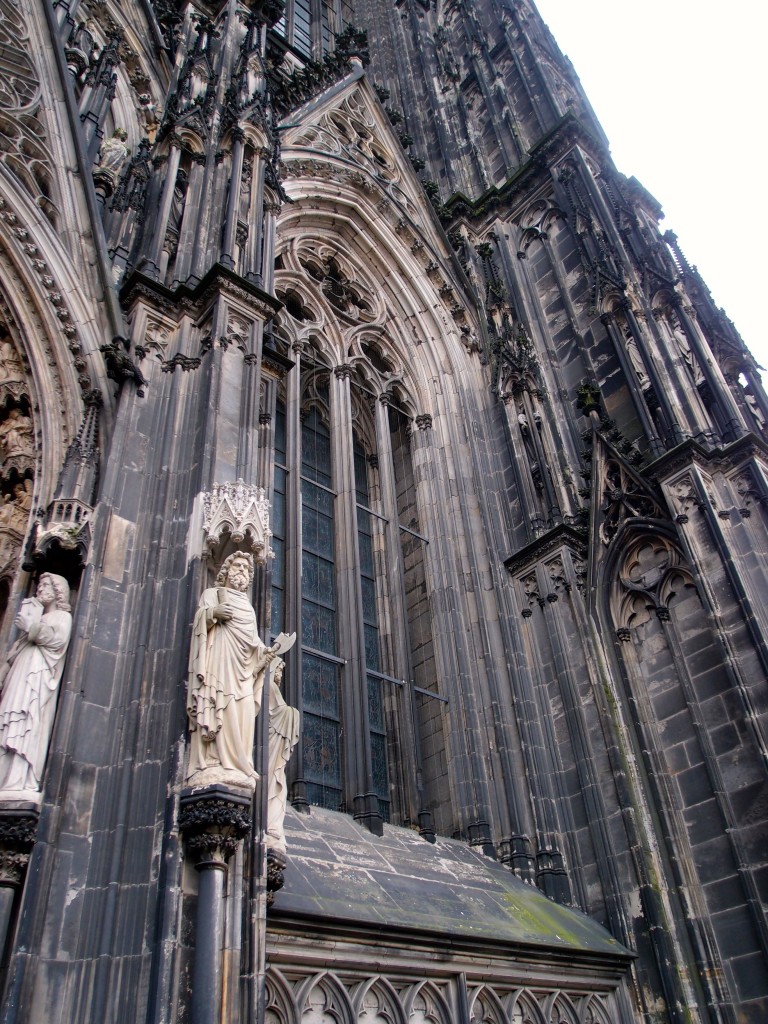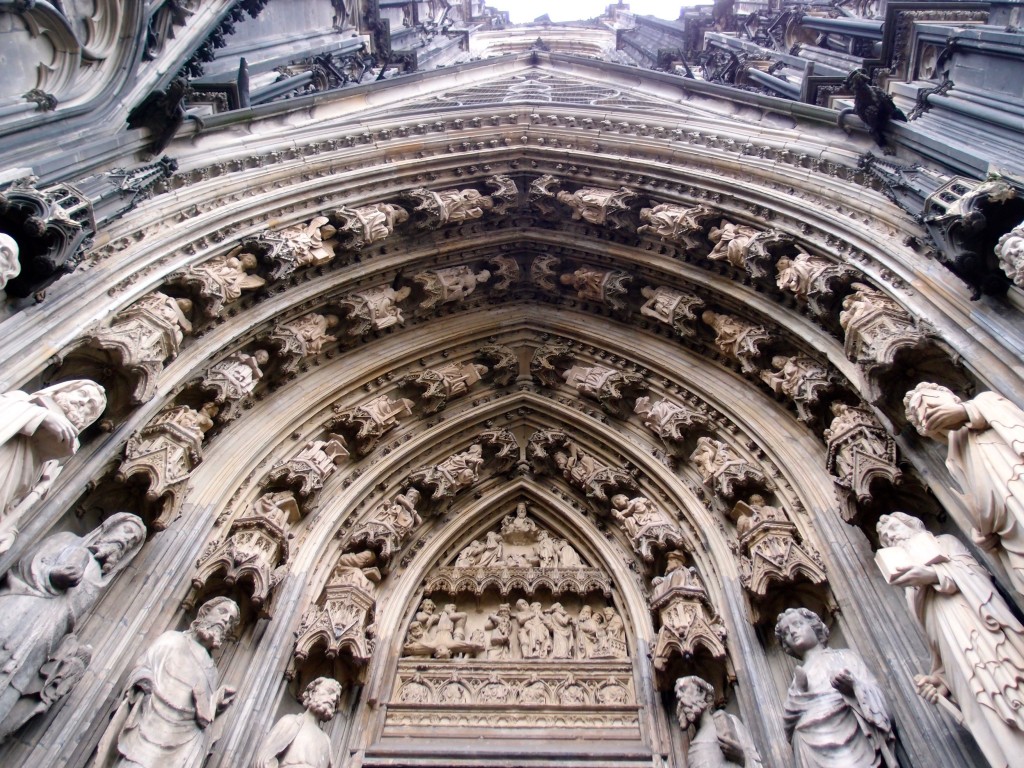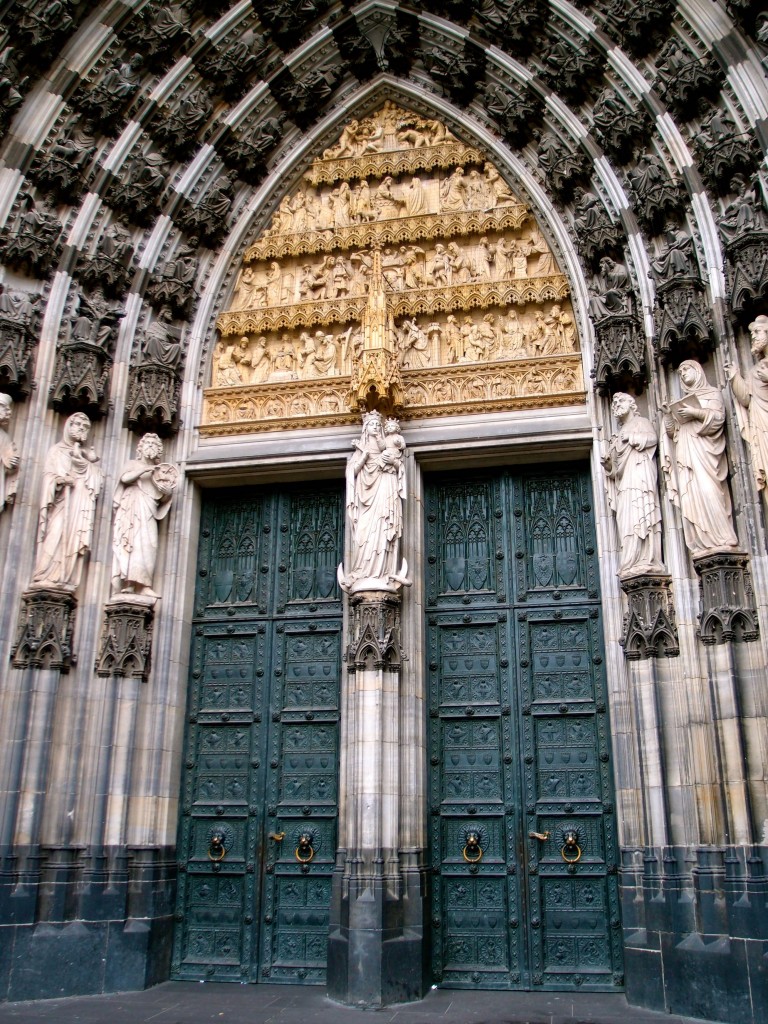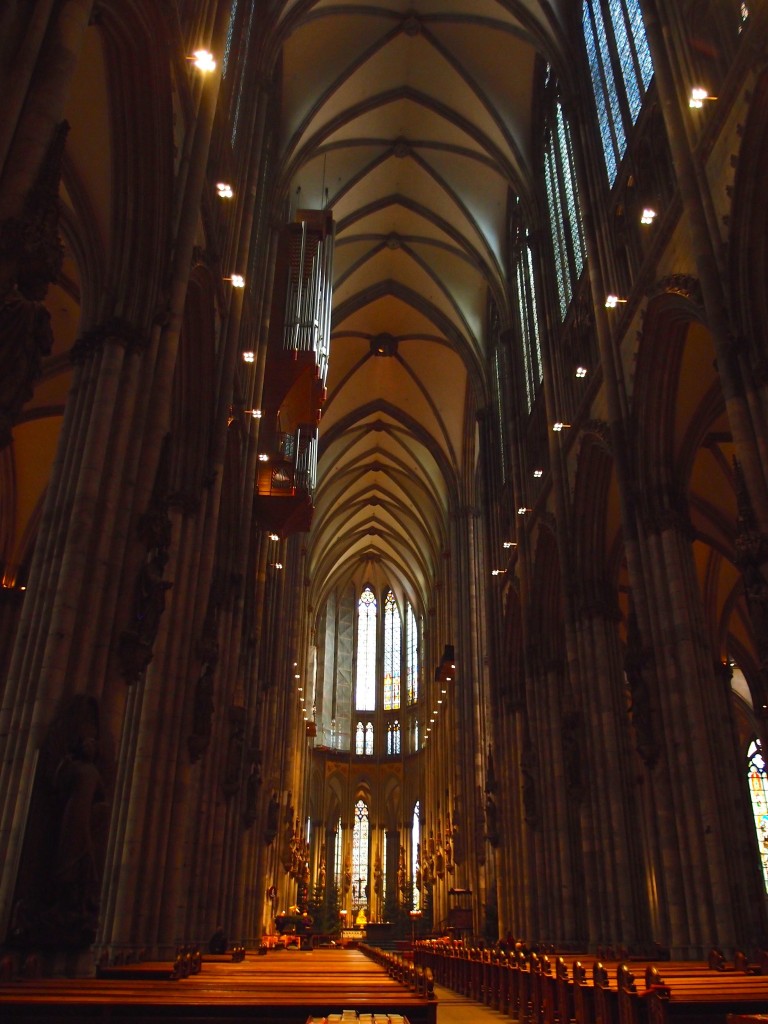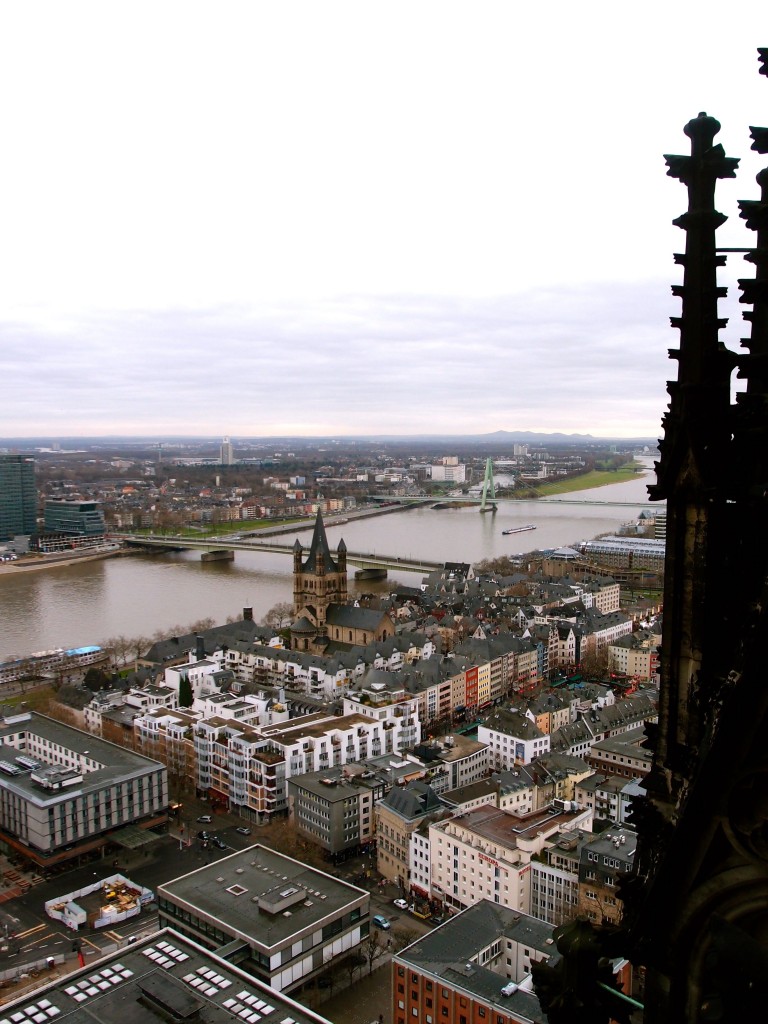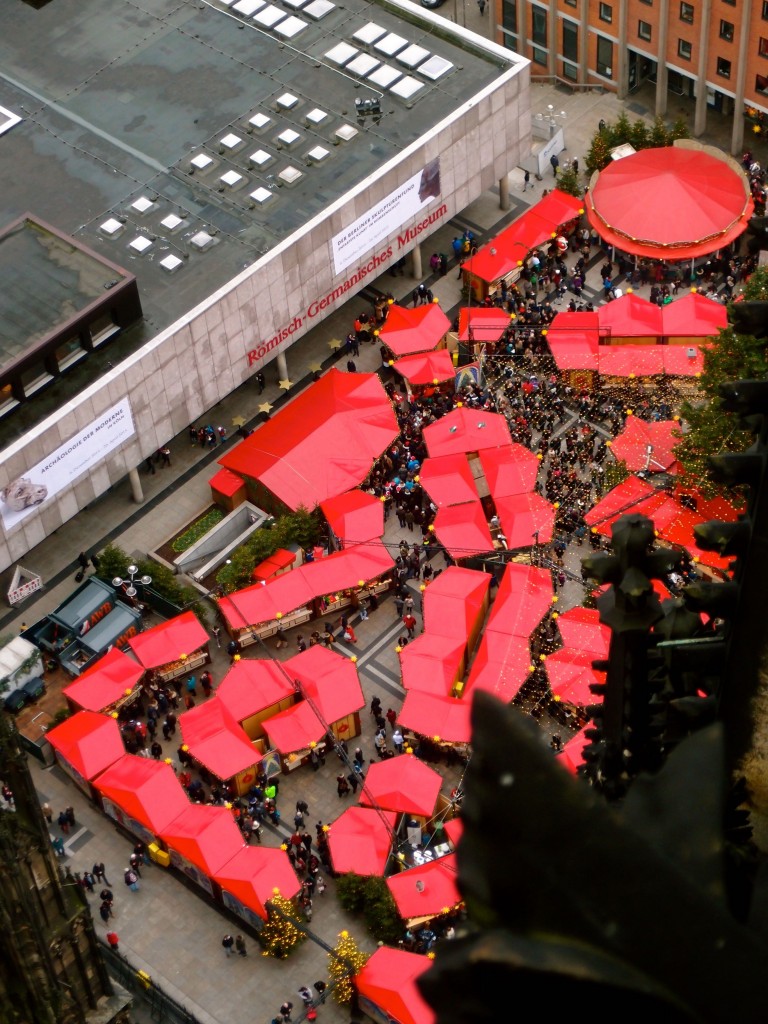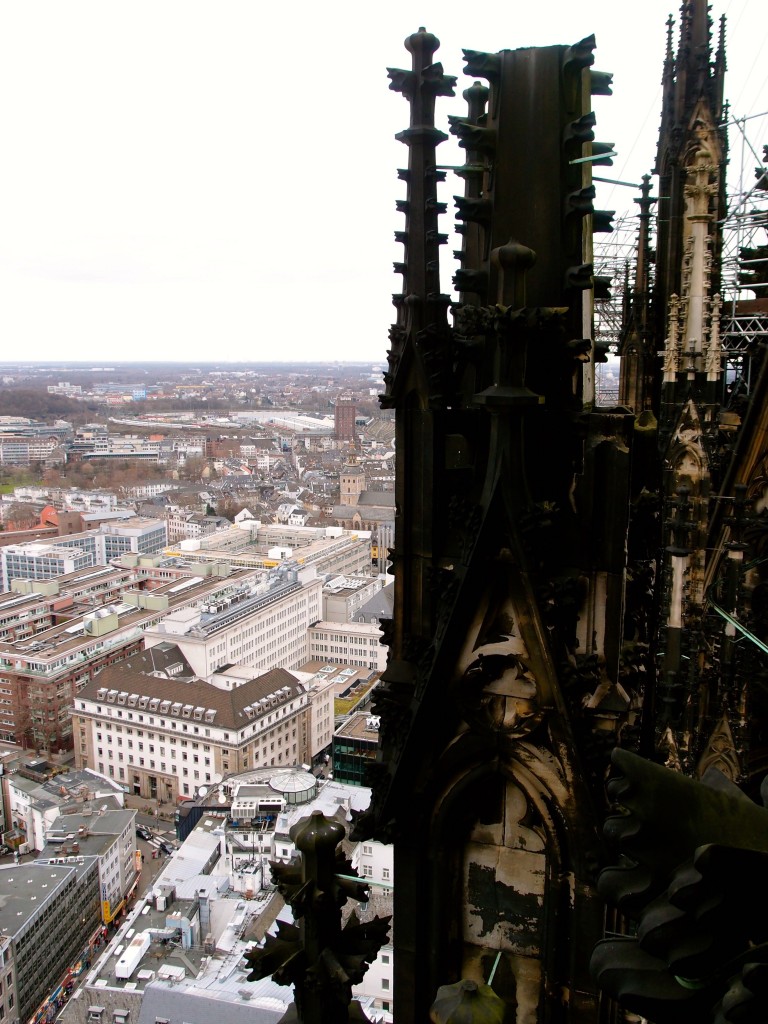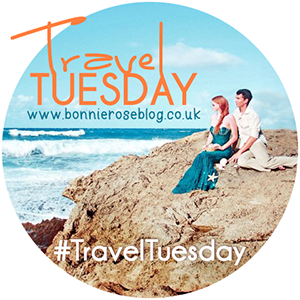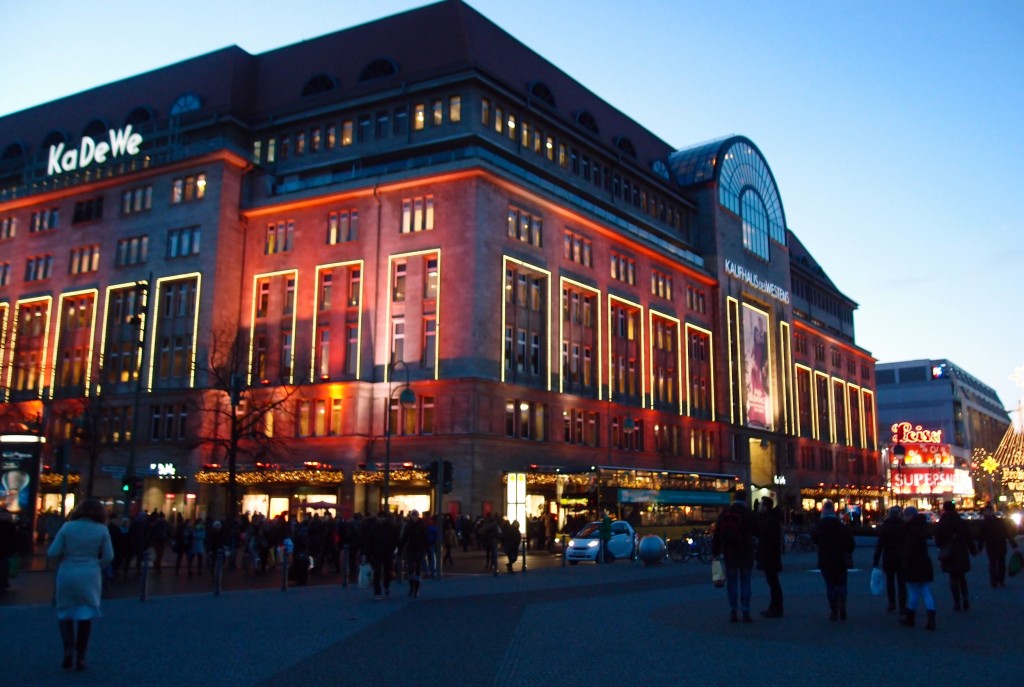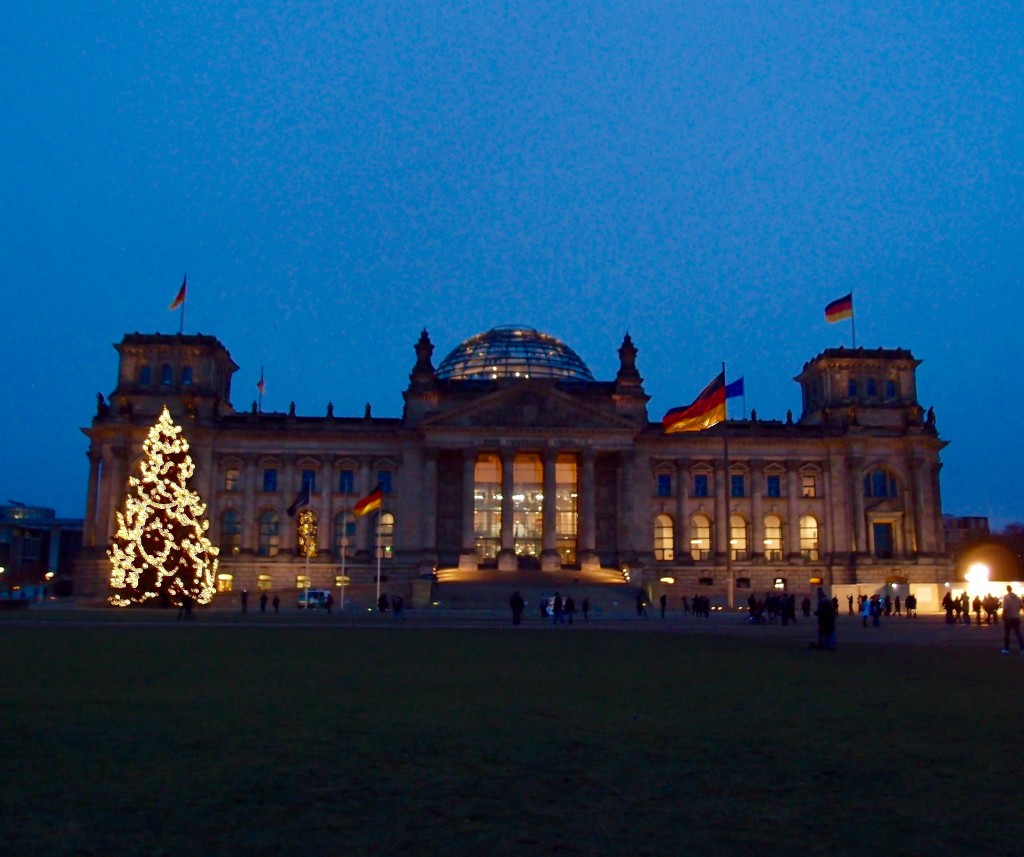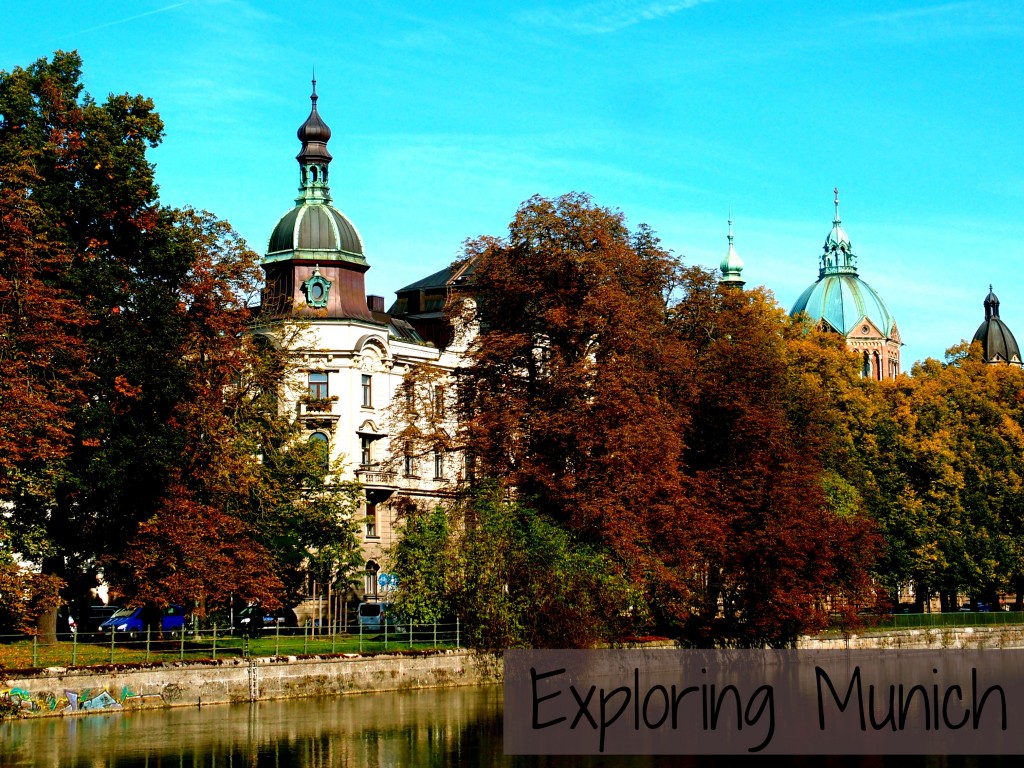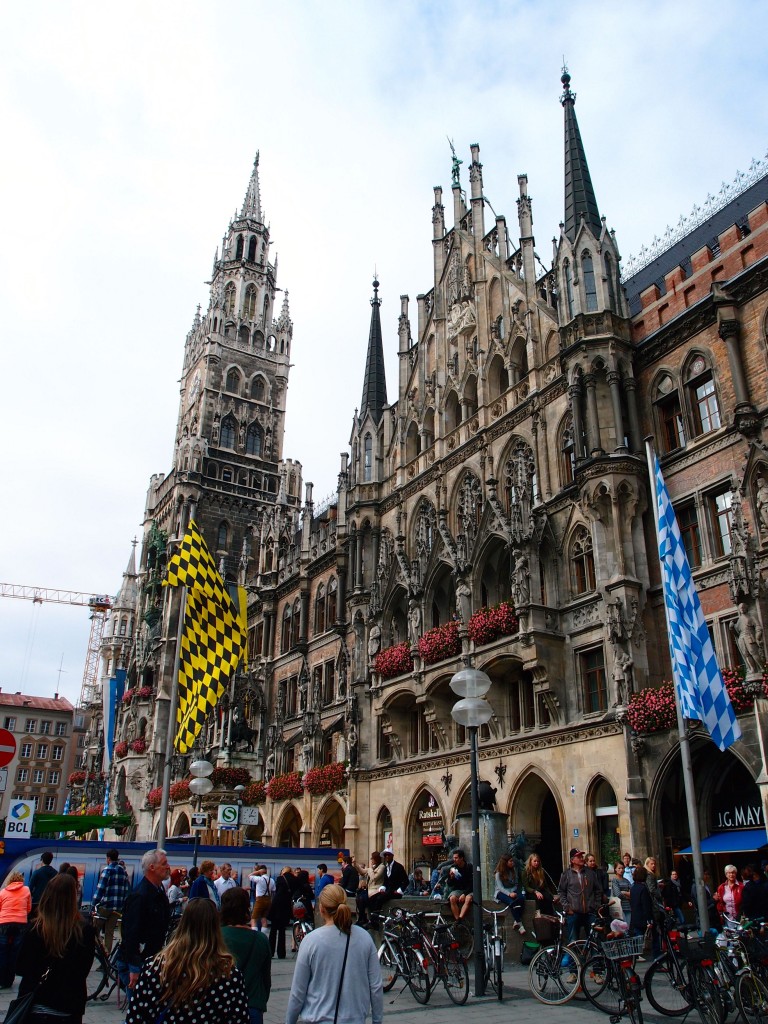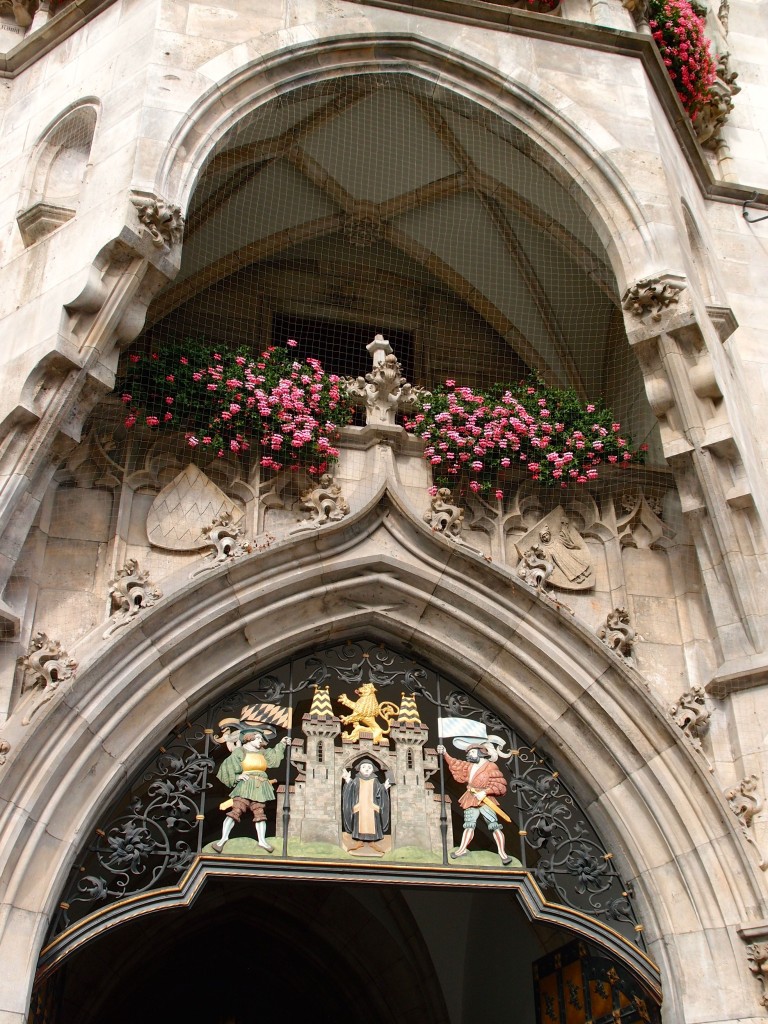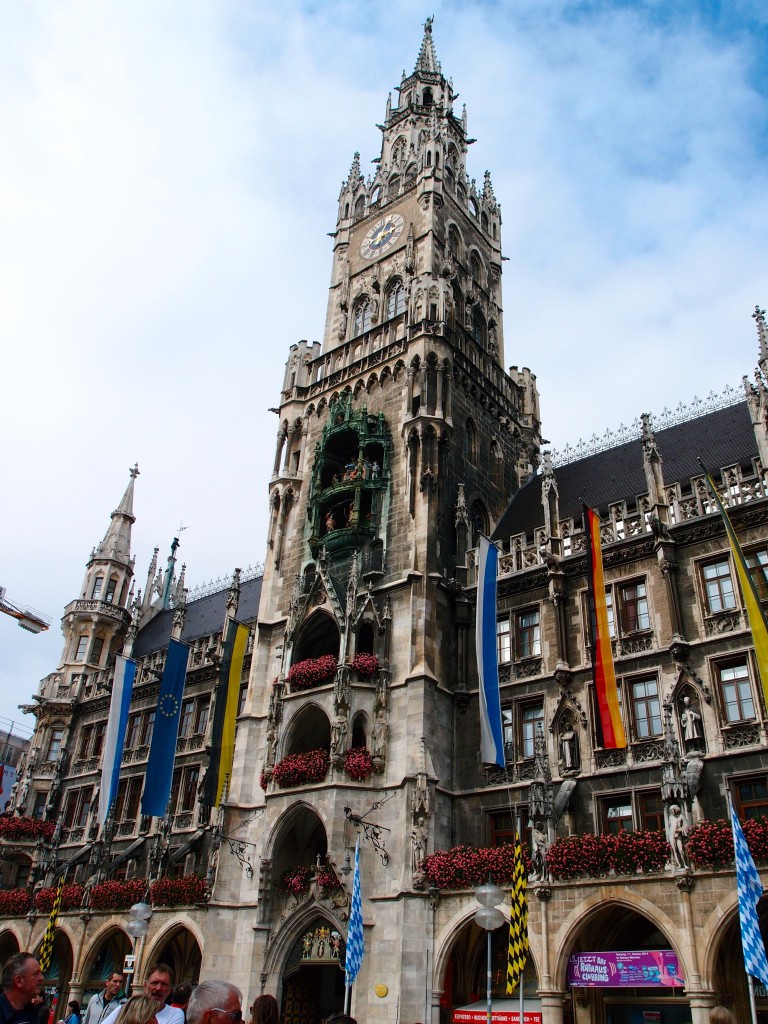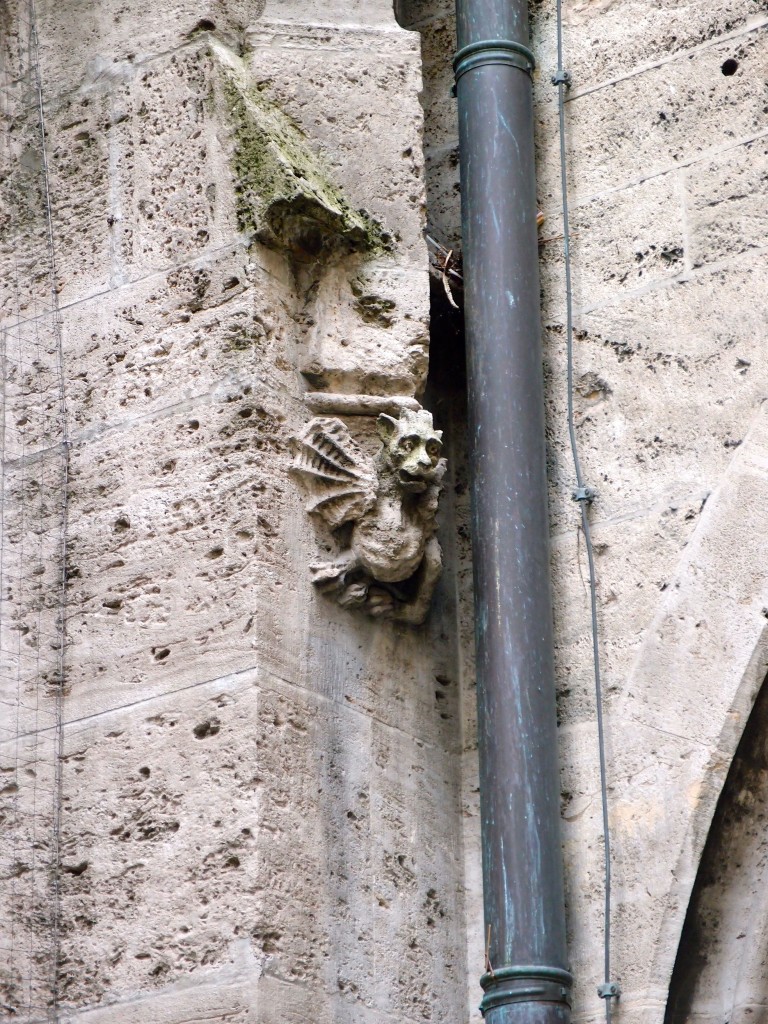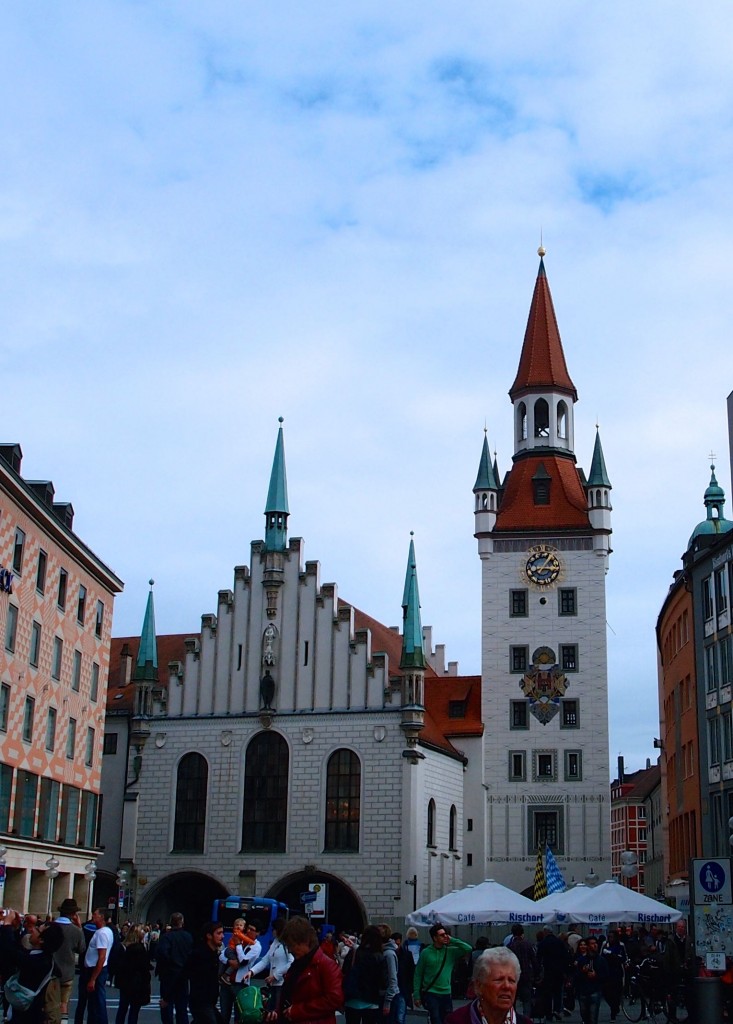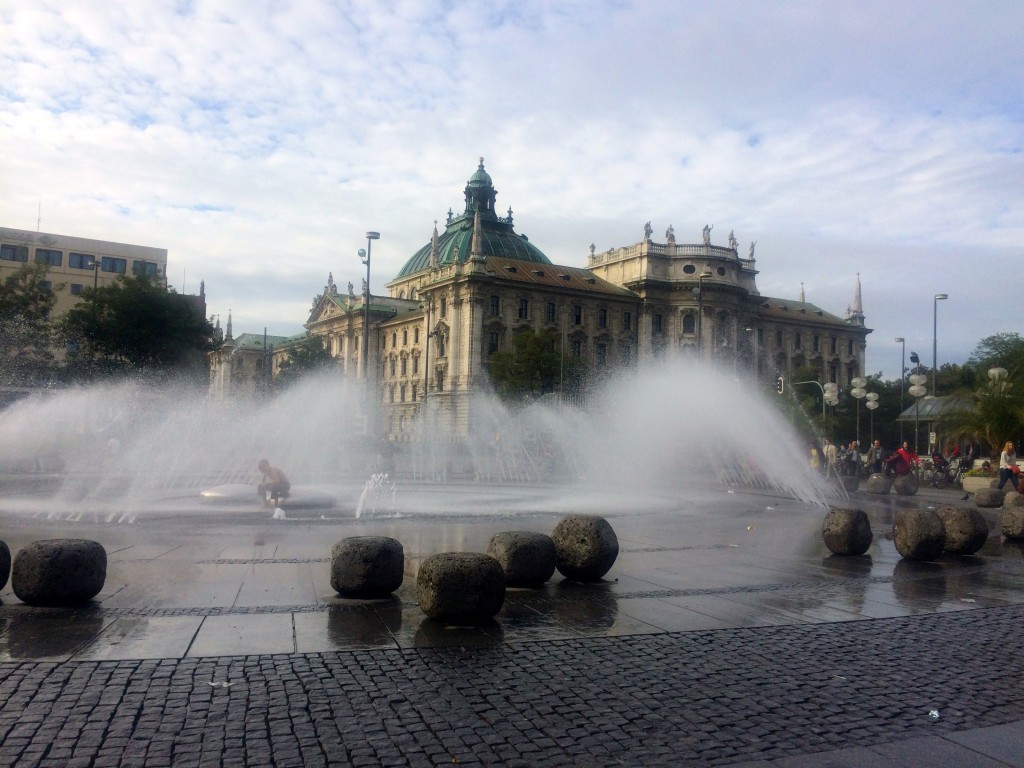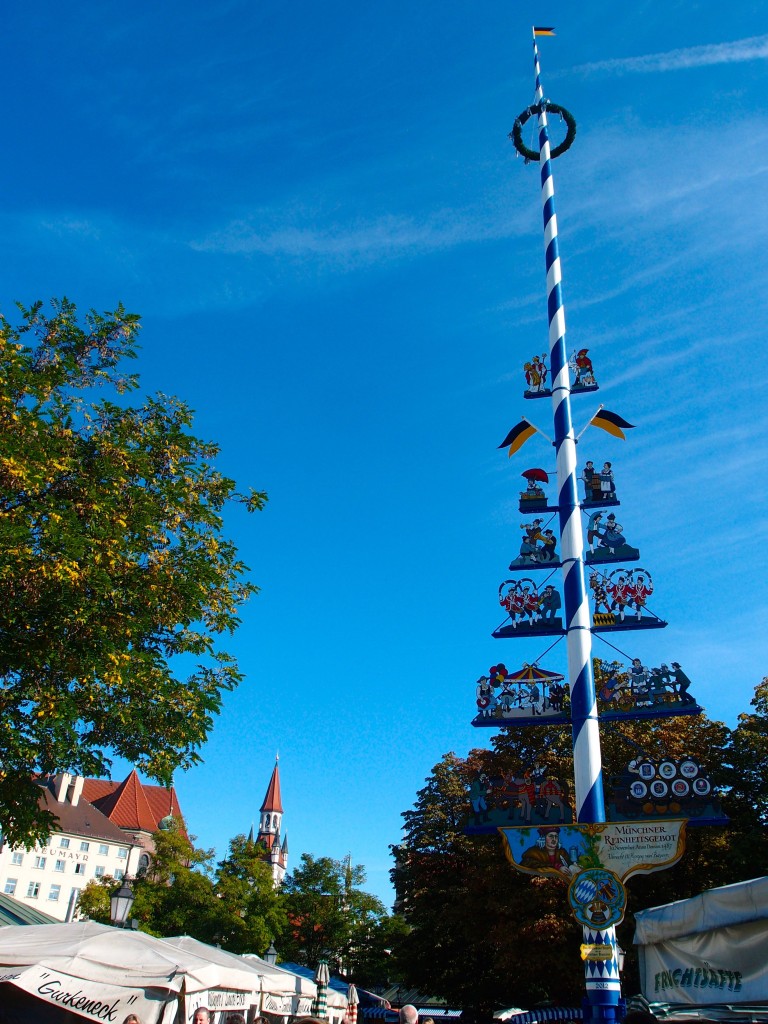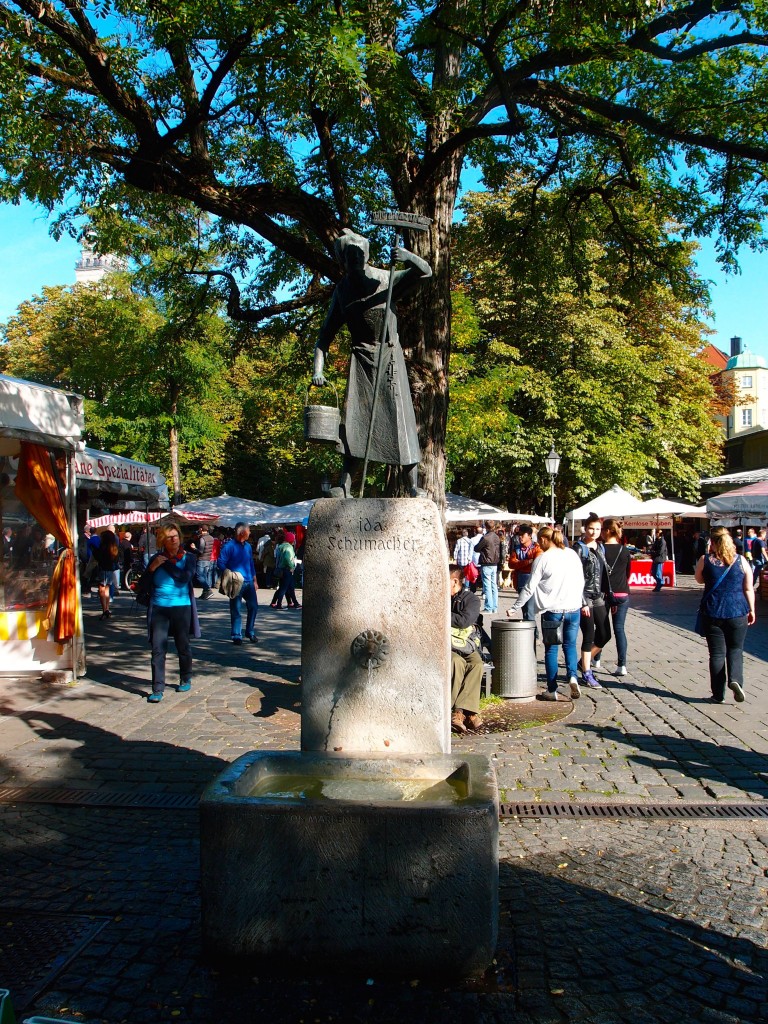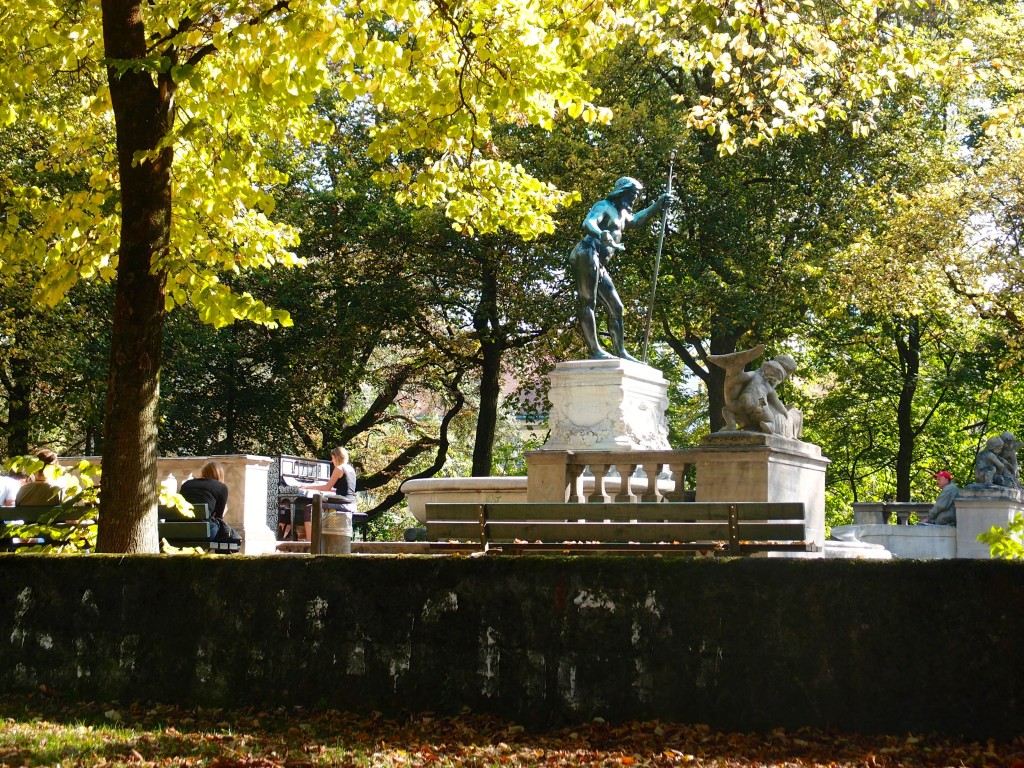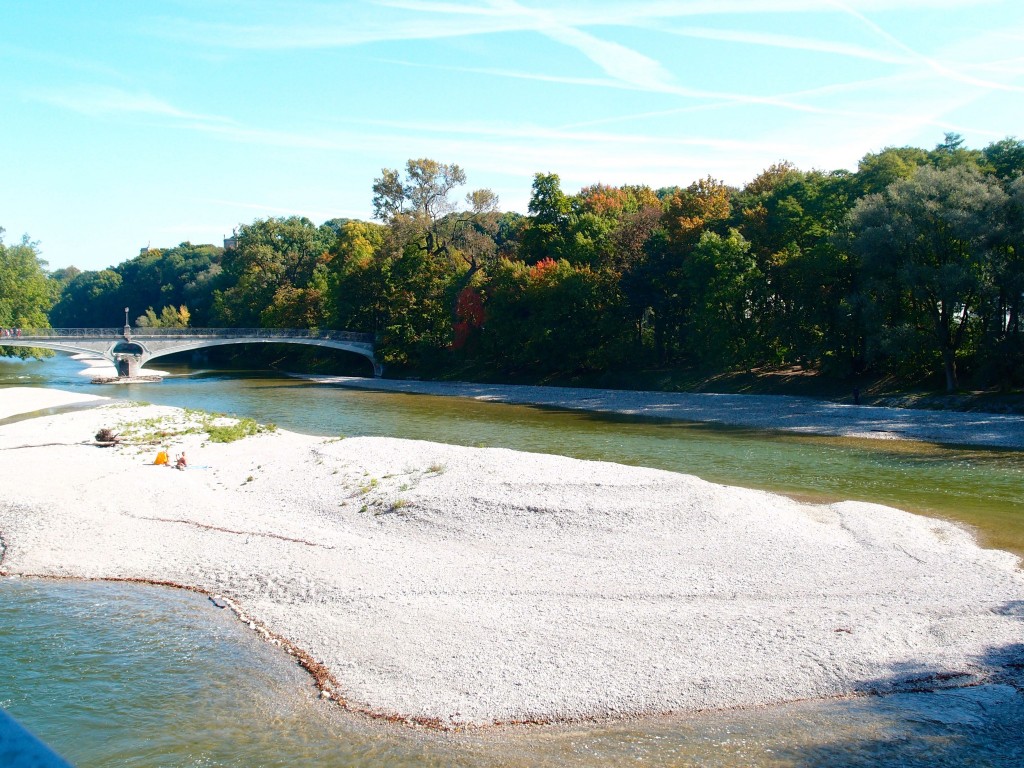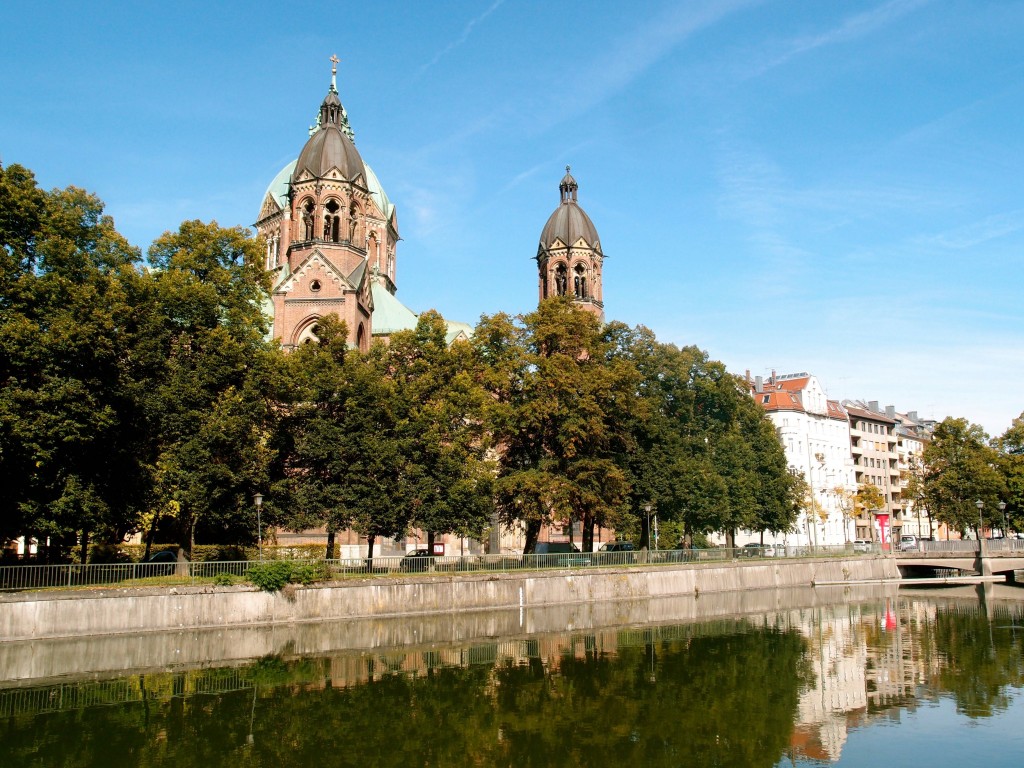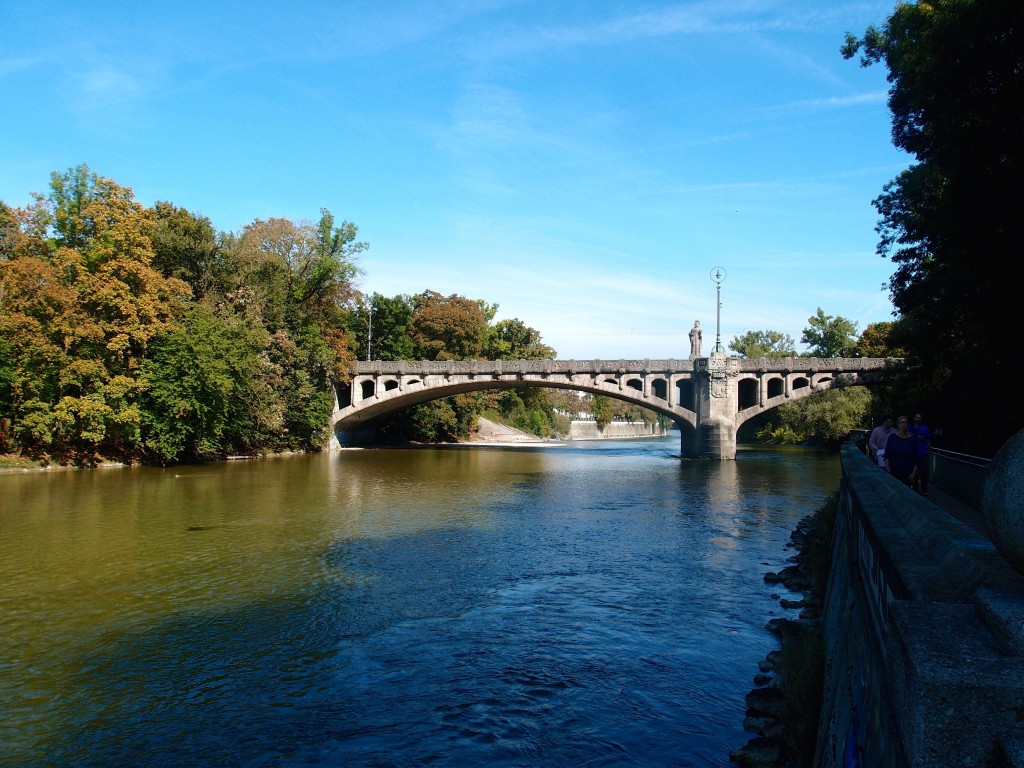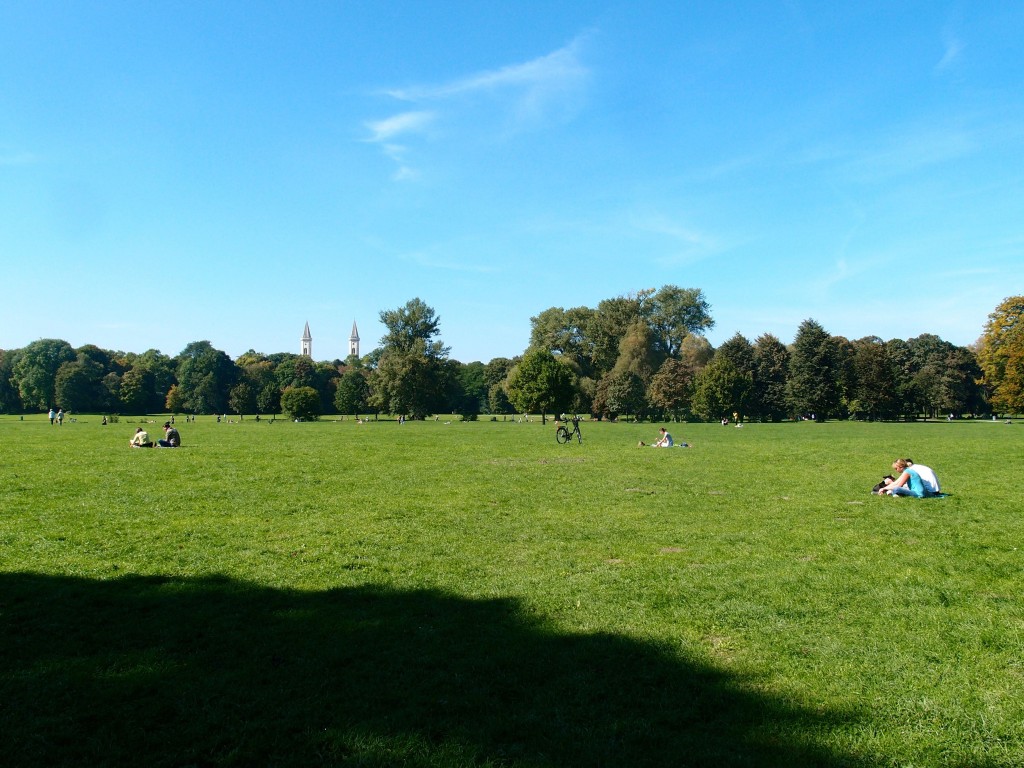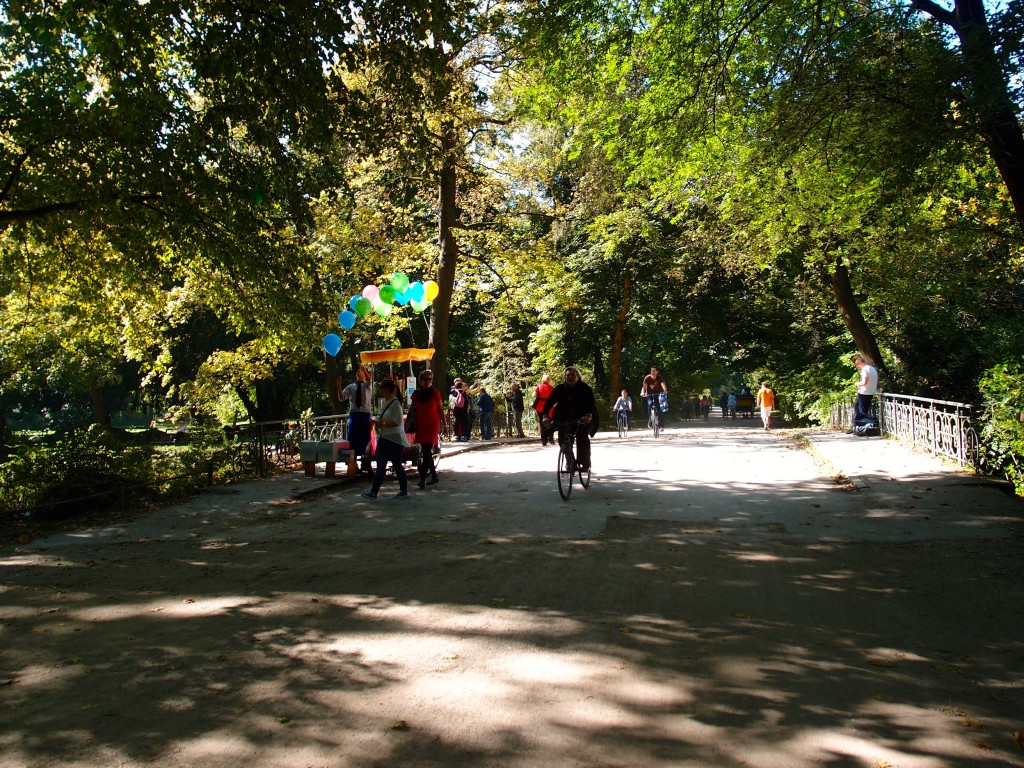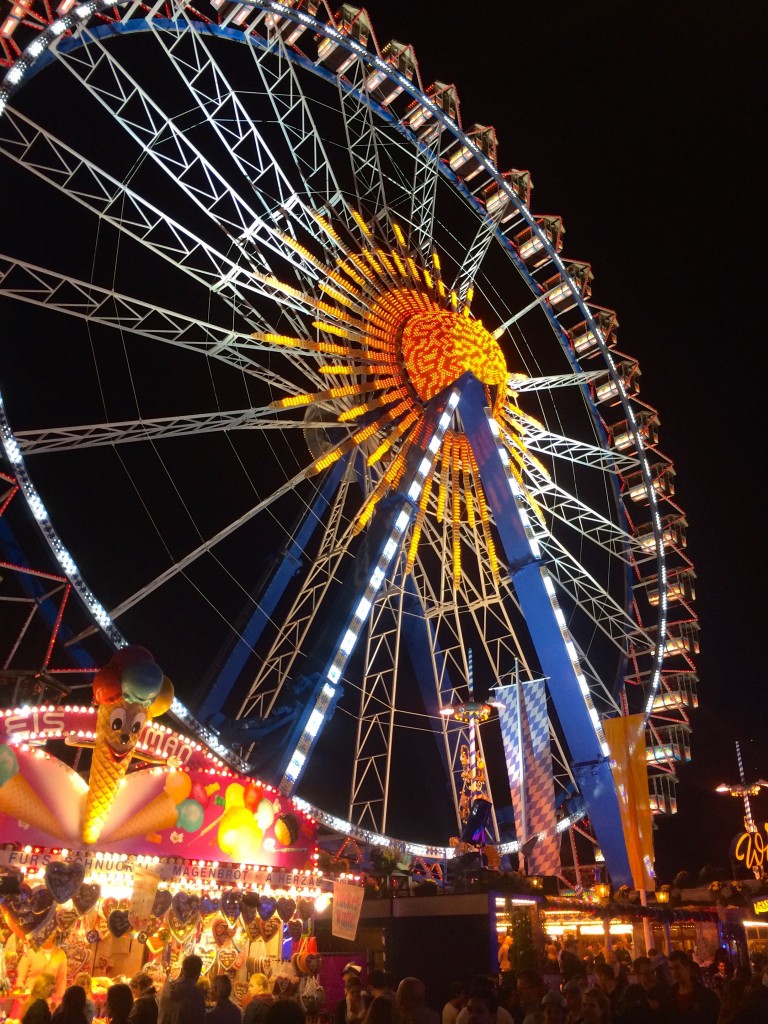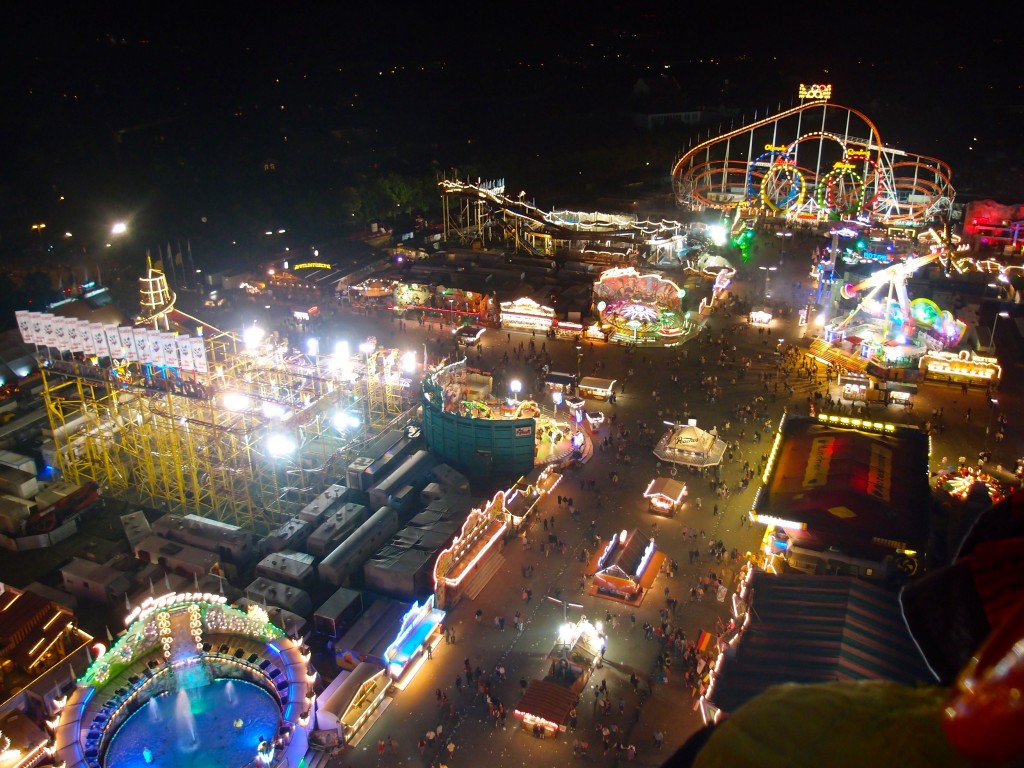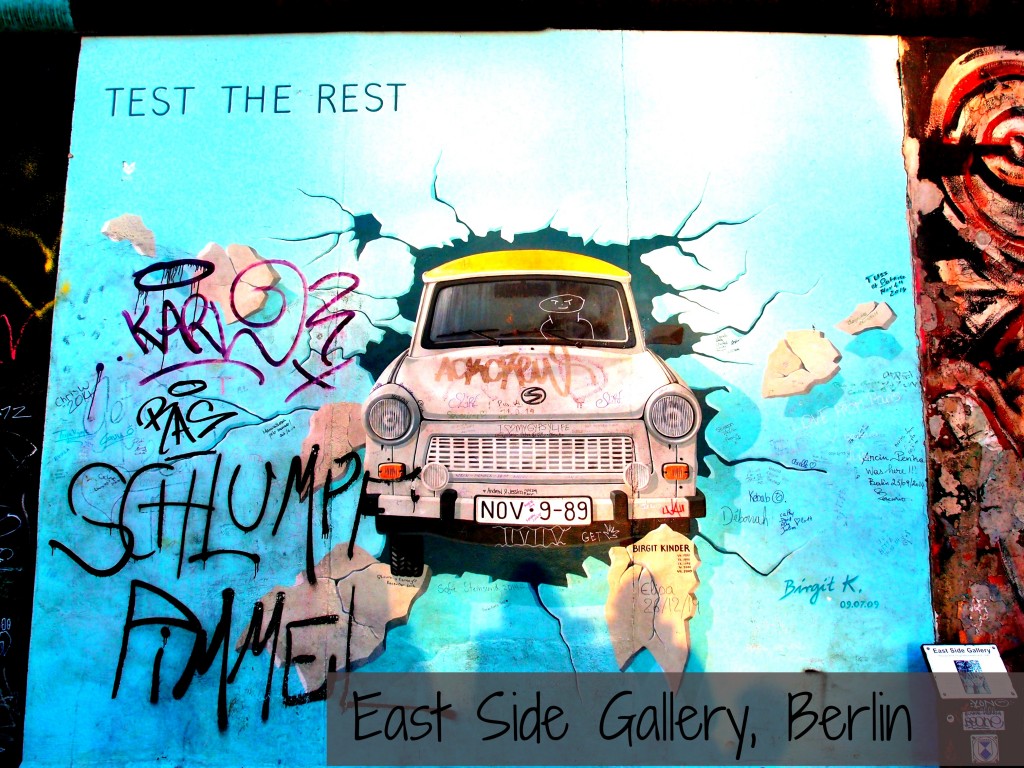
When I pictured the Berlin Wall before I came to the city, the main images I saw were the crowds gathering as pieces were pulled down on November 9, 1989, and the vivid images painted along the stretch of the East Side Gallery. The Gallery was painted in 1990 and features over 100 artworks from international artists, dedicated to remembering Berlin’s past, celebrating its future, and inspiring peace.
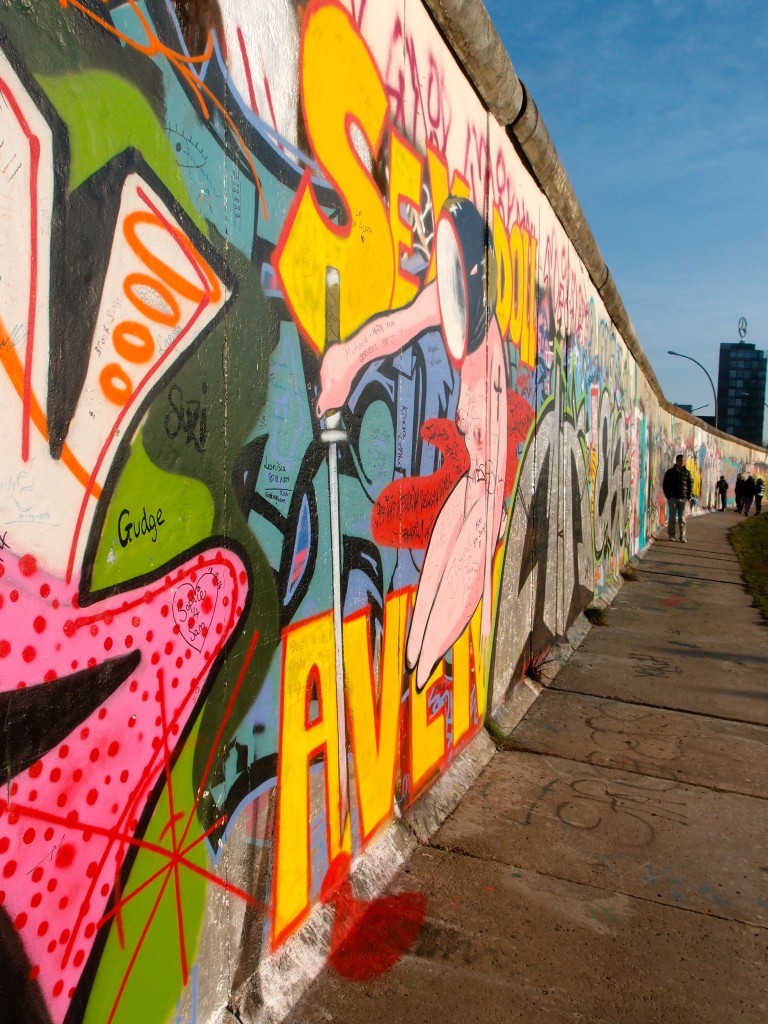
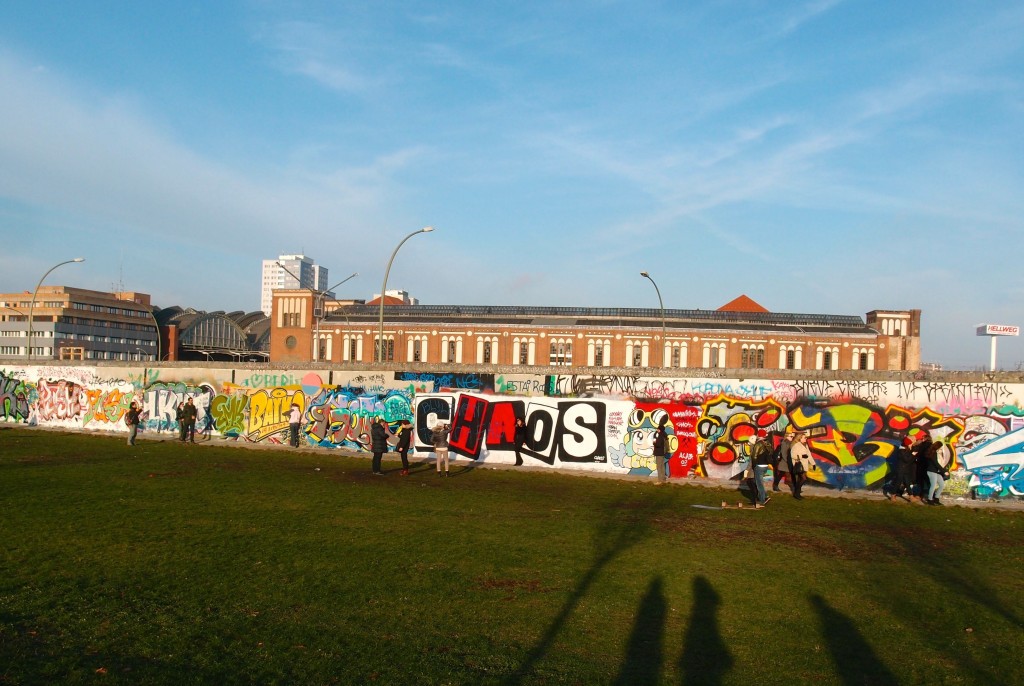
We started on the sunny western side of the Wall, which features more graffiti than actual artworks. After strolling the colourful expanse and soaking up some Vitamin D, we came back to the much busier eastern side to see the famed paintings.
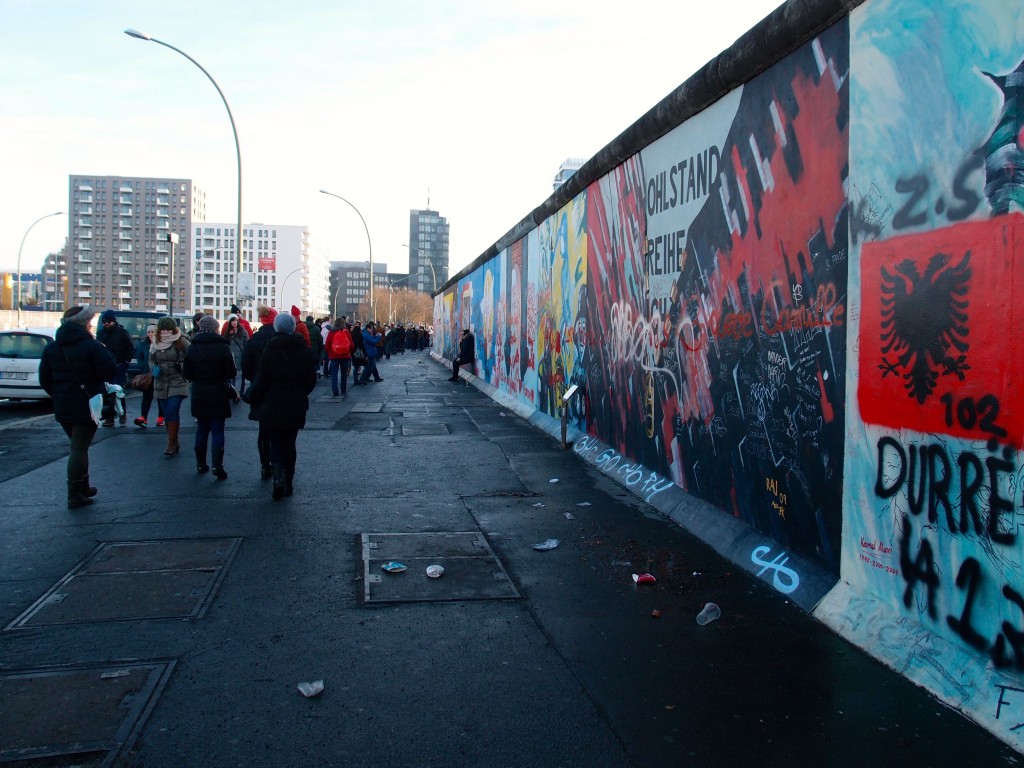
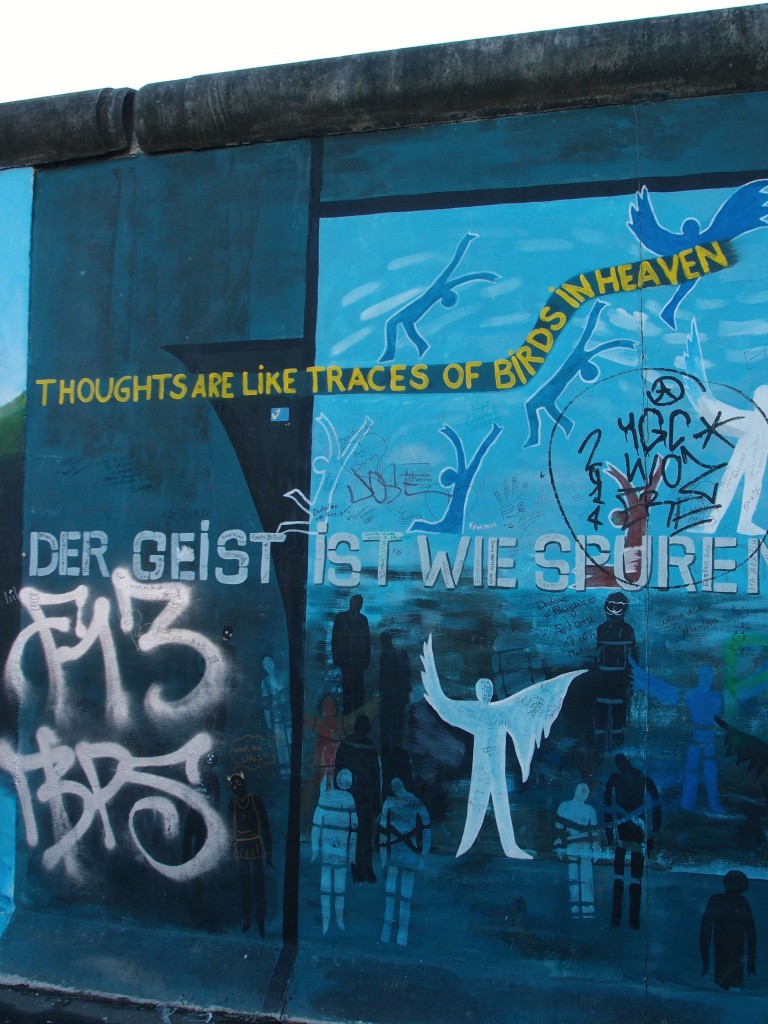
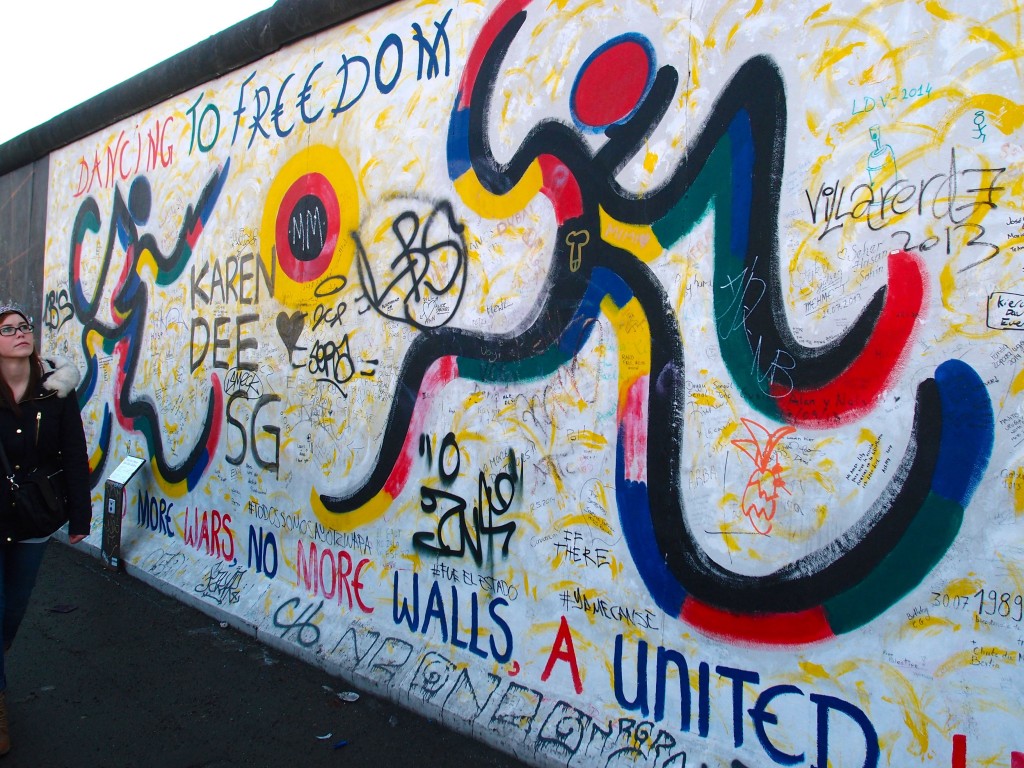
For those unfamiliar with the background of the Berlin Wall, a bit of history. After World War II Germany (and much of Europe) had been divided into East and West, but Berlin remained essentially open. However, emigration from the Eastern communist bloc of countries to the capitalist West was seen as a problem by the Eastern bloc, and so the German border was closed along much of its length in 1952. Berlin, which had been administered in four zones by the French, English, Americans and East Germans since the end of WWII, still remained a major crossing point for escapees to the West, and so the East Germans constructed the Berlin Wall virtually overnight in November 1961. By 1962 there were in fact two walls, with a so-called Death Strip in between, which was patrolled by guards with dogs, watched over by snipers in gun-towers, and reinforced with barbed wire and trenches. Crossing was extremely difficult, and any who attempted it were killed on sight. The Wall remained until 9 November 1989 when the border between East and West Germany became open once more. Many parts of it were demolished, but sections such as the East Side Gallery remain, and elsewhere there are double rows of cobblestones to mark where it once stood.
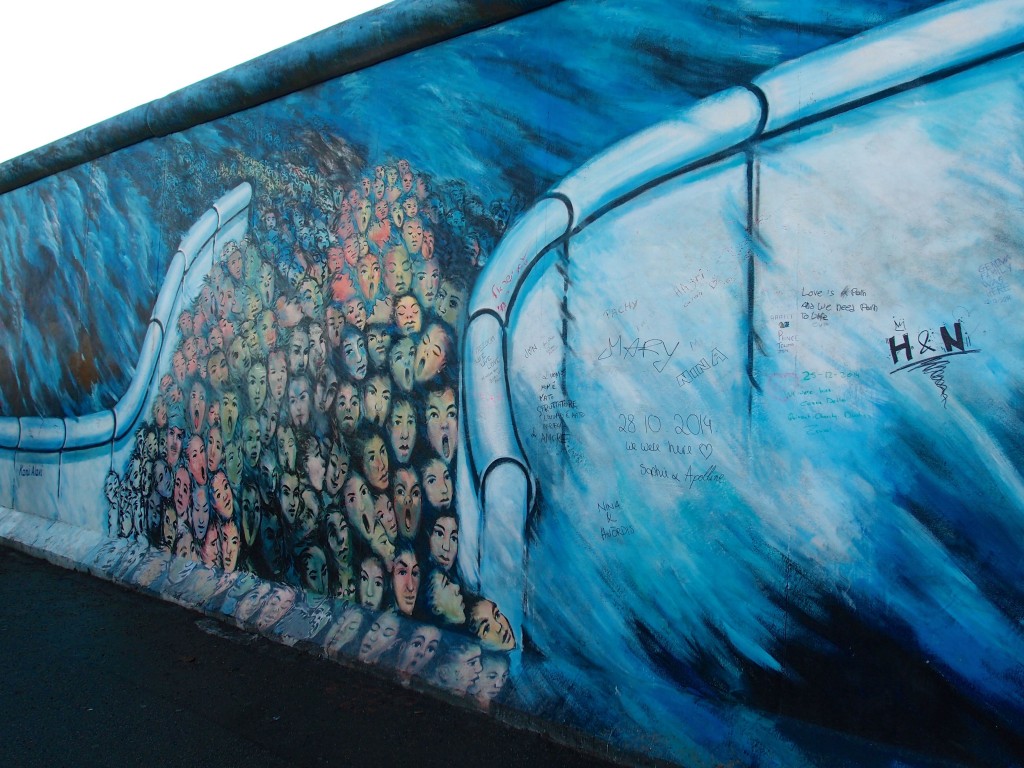
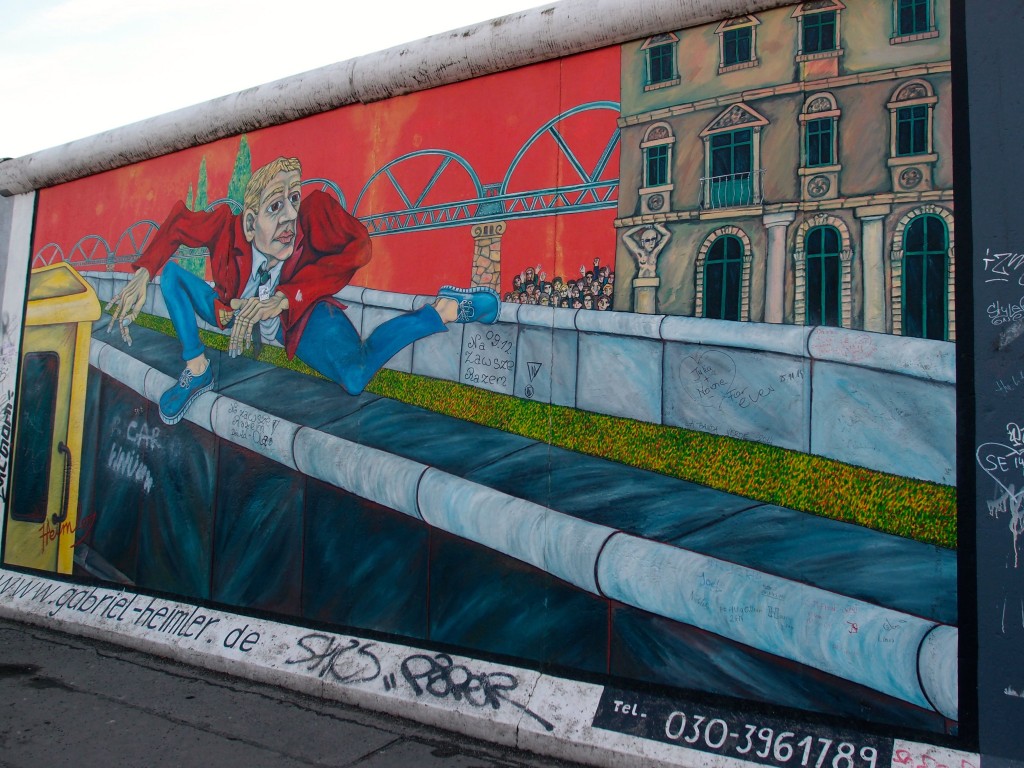
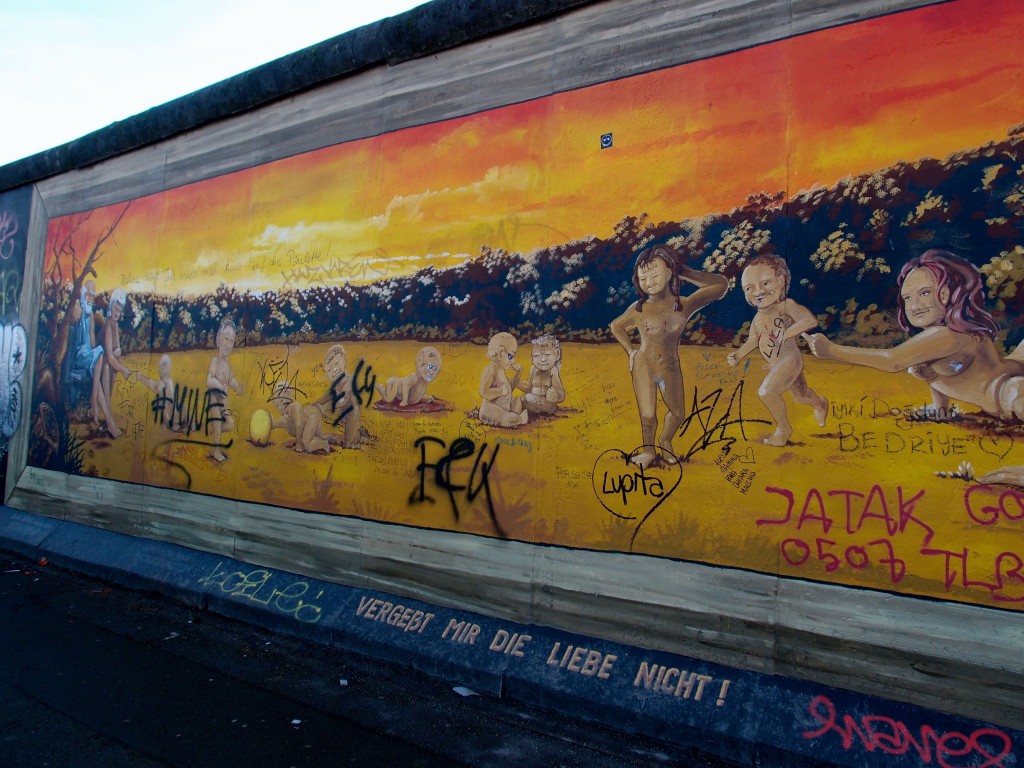
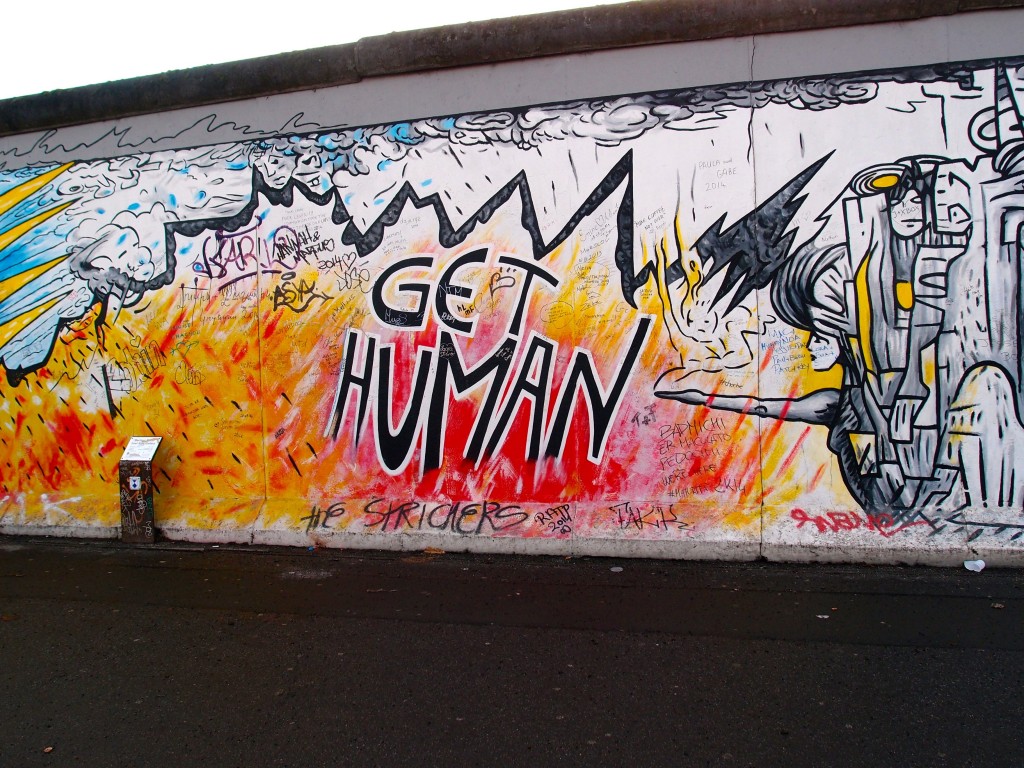
Aside from the history and significance of the Wall, the thing that I found the saddest was how many of the paintings have now been defaced by graffiti. From geographic and political causes, to pure scribbles, it now mars many of these significant artworks. Much of the Wall was restored in 2009, but as you can see new graffiti has merely taken the place of the old.
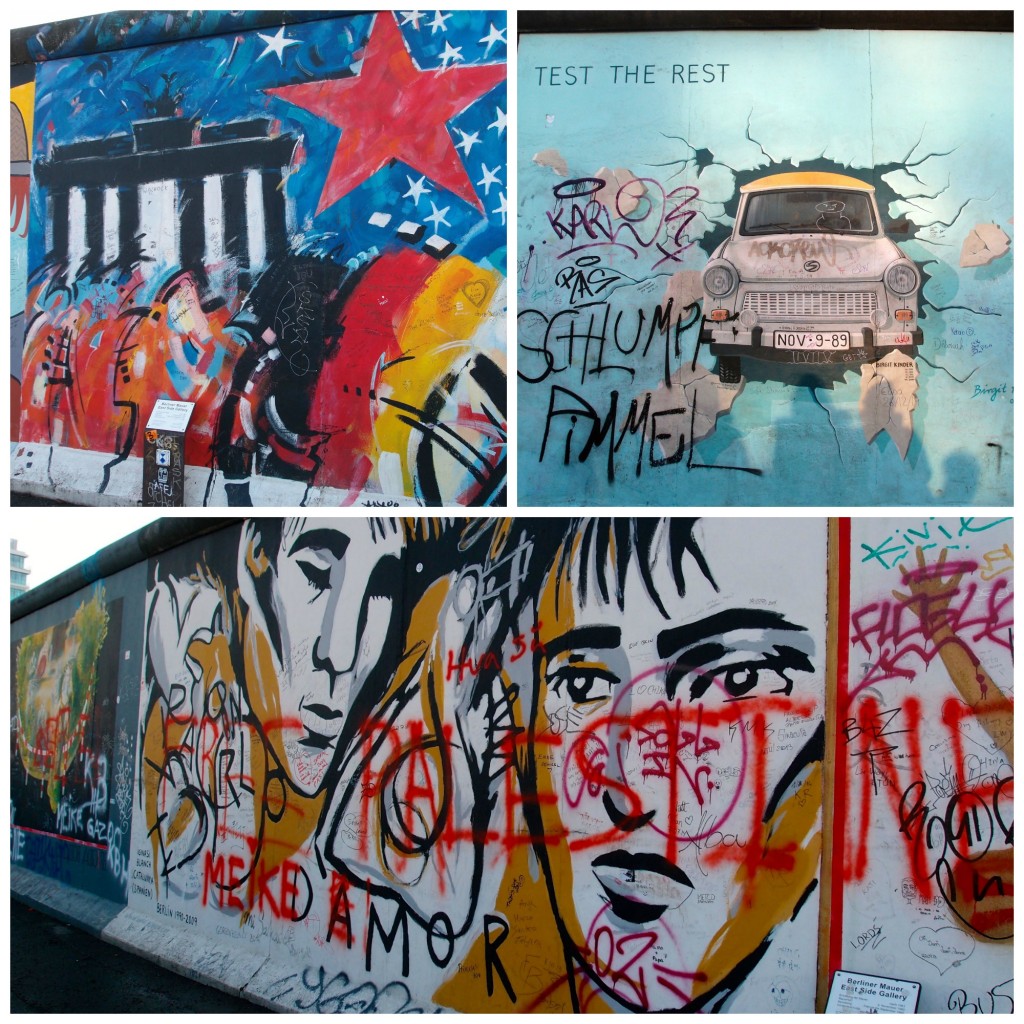
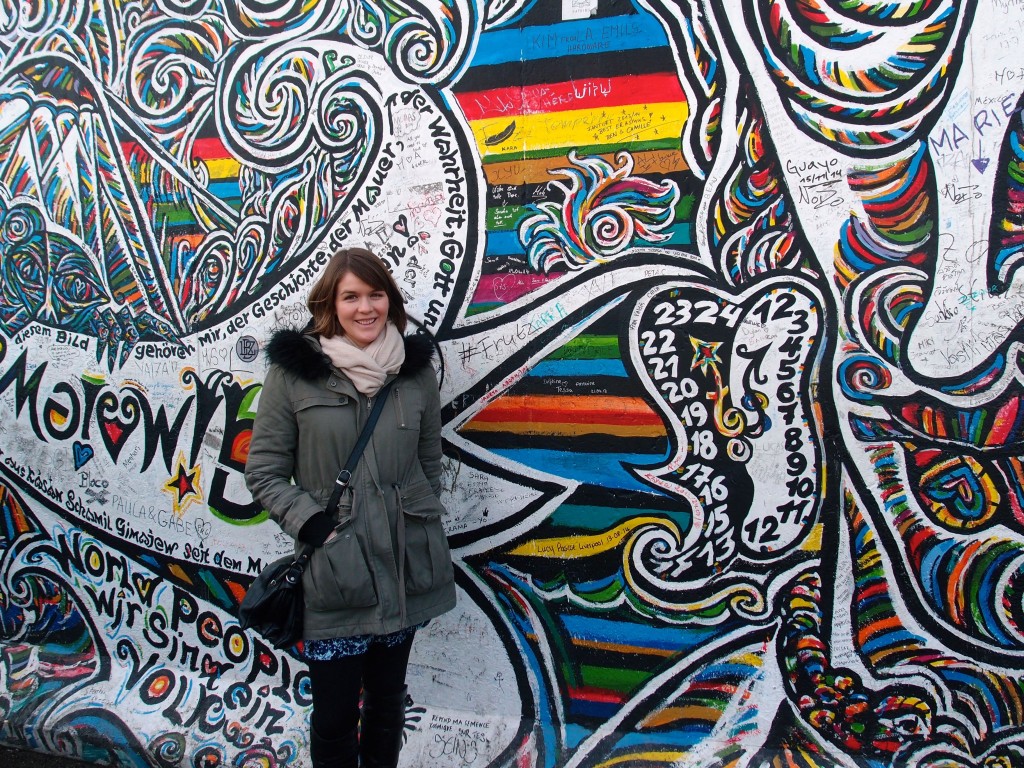
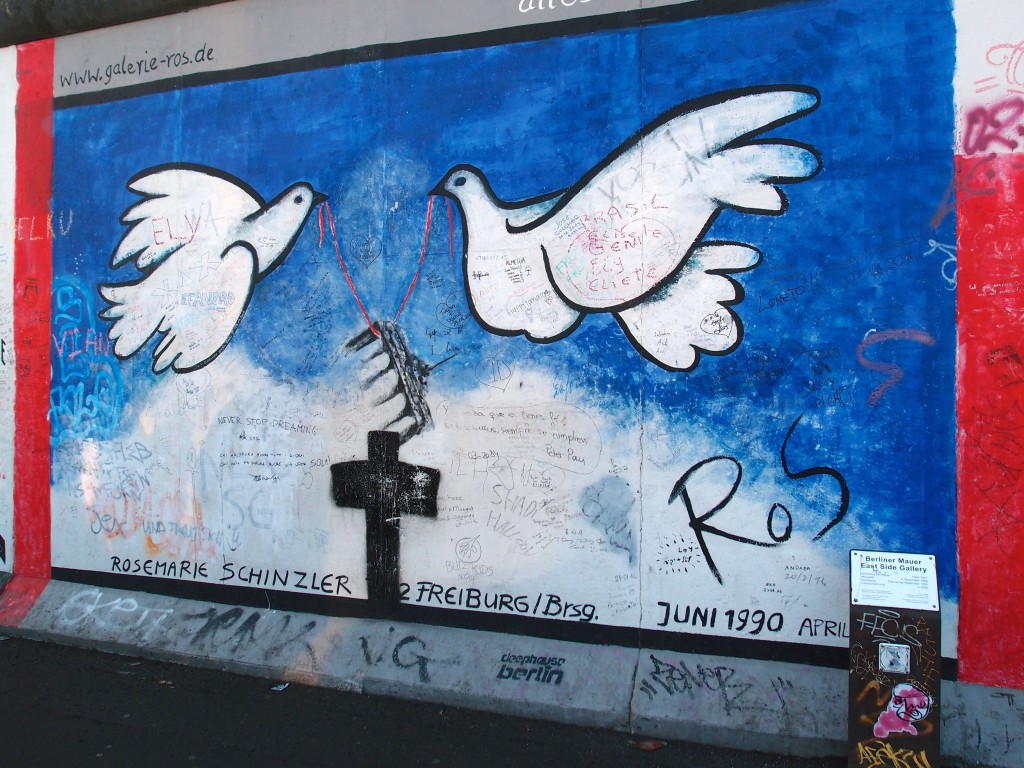
This was one of my favourites, and another is the painting below
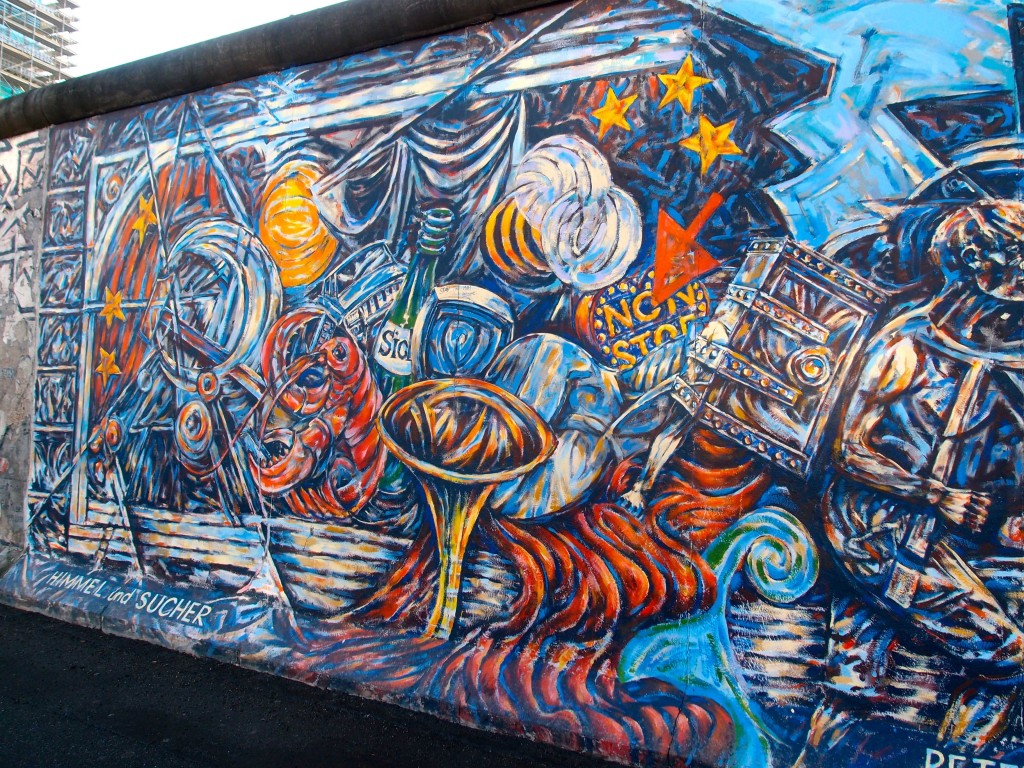
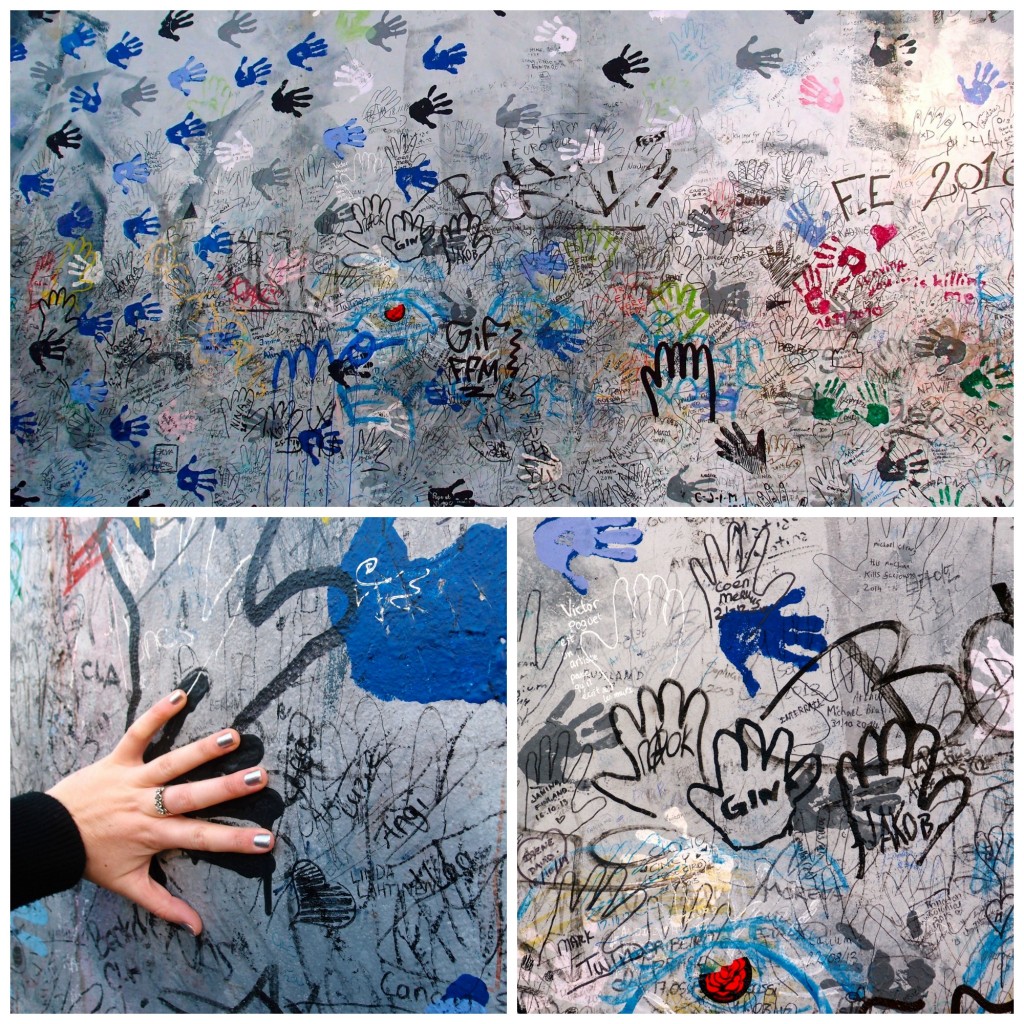
Visiting the East Side Gallery was a fantastic way to start soaking up Berlin’s history, so I’m glad that we were able to do it on my first full day in the city. Events that I was used to thinking of as historic became so much more real to me during the course of my visit, and reaching out to touch the Wall was a starting point in deepening my knowledge about what had taken place.
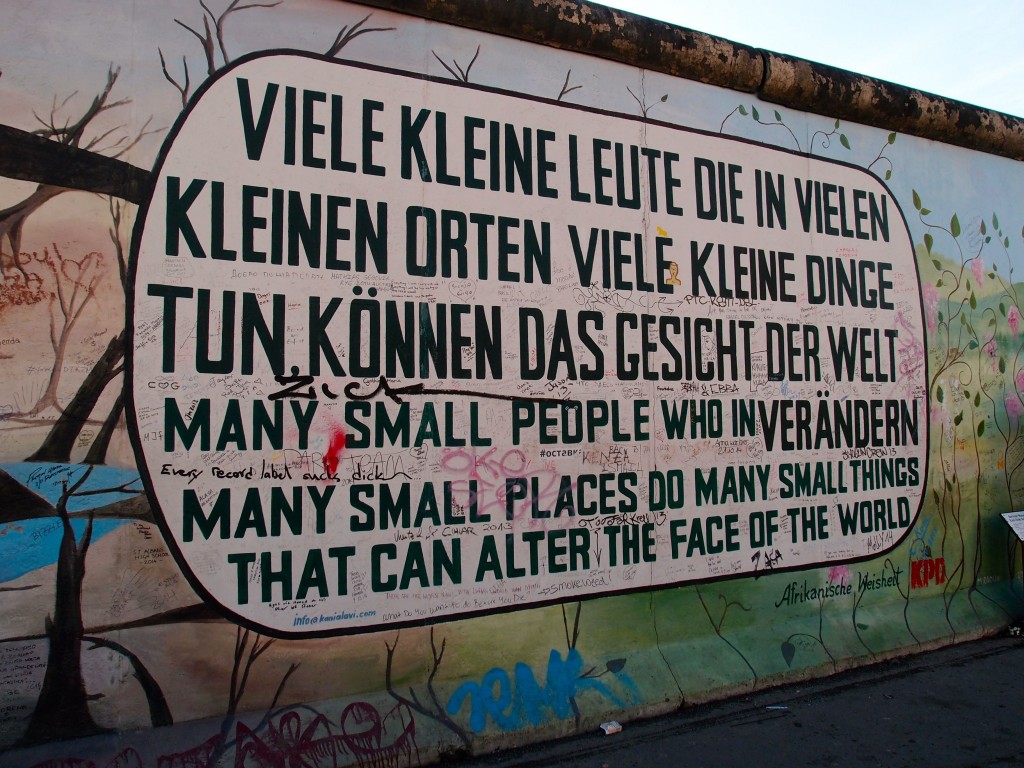
I love this saying… the “Many Small People…” one, that is
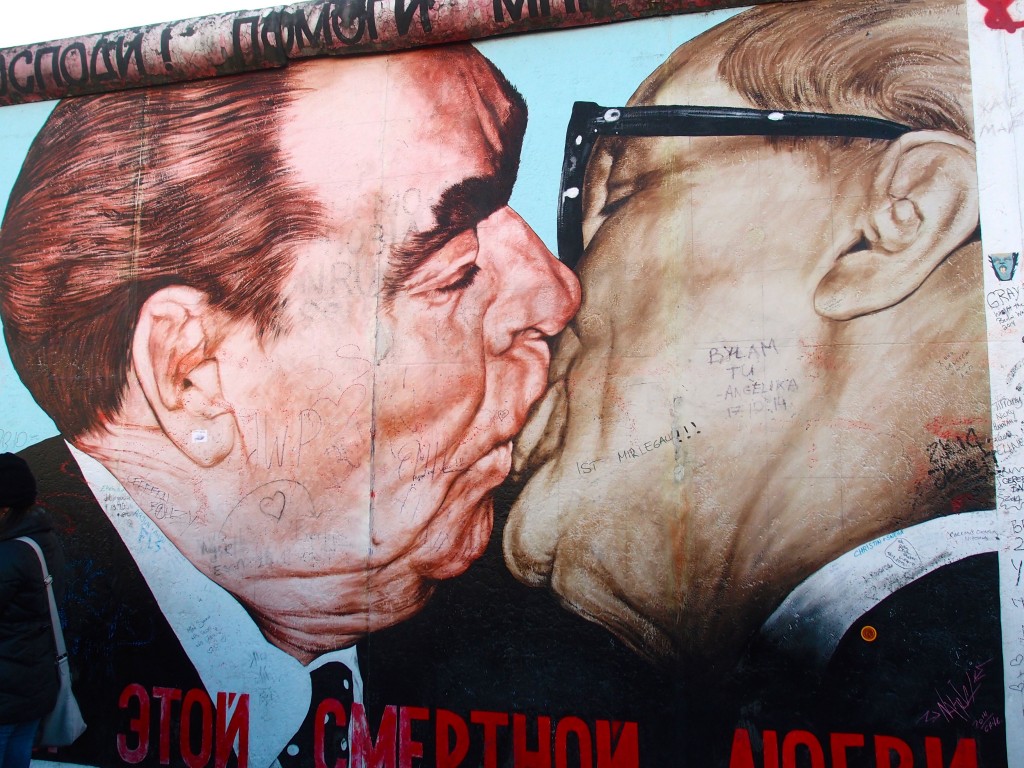
Probably the most well-known image from the Gallery, the Fraternal Kiss
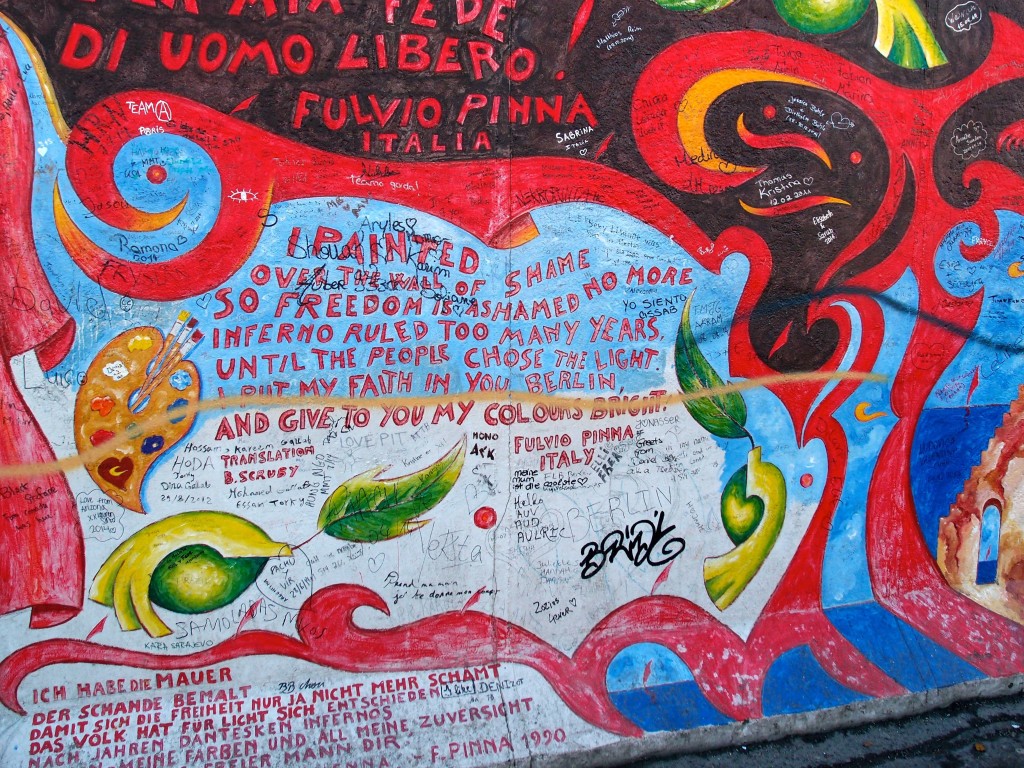
Visiting the East Side Gallery
Access to the Gallery is free – it stretches along the side of Mühlenstrasse near the River Spree
The Gallery is easily reached by taking the S-bahn to Berlin Ostbahnhof or the U-bahn to Warschauer Strasse and then walking west towards the river
For more information on the Gallery, click here
Have you visited Berlin, and the East Side Gallery? What do you think of the graffiti additions?

